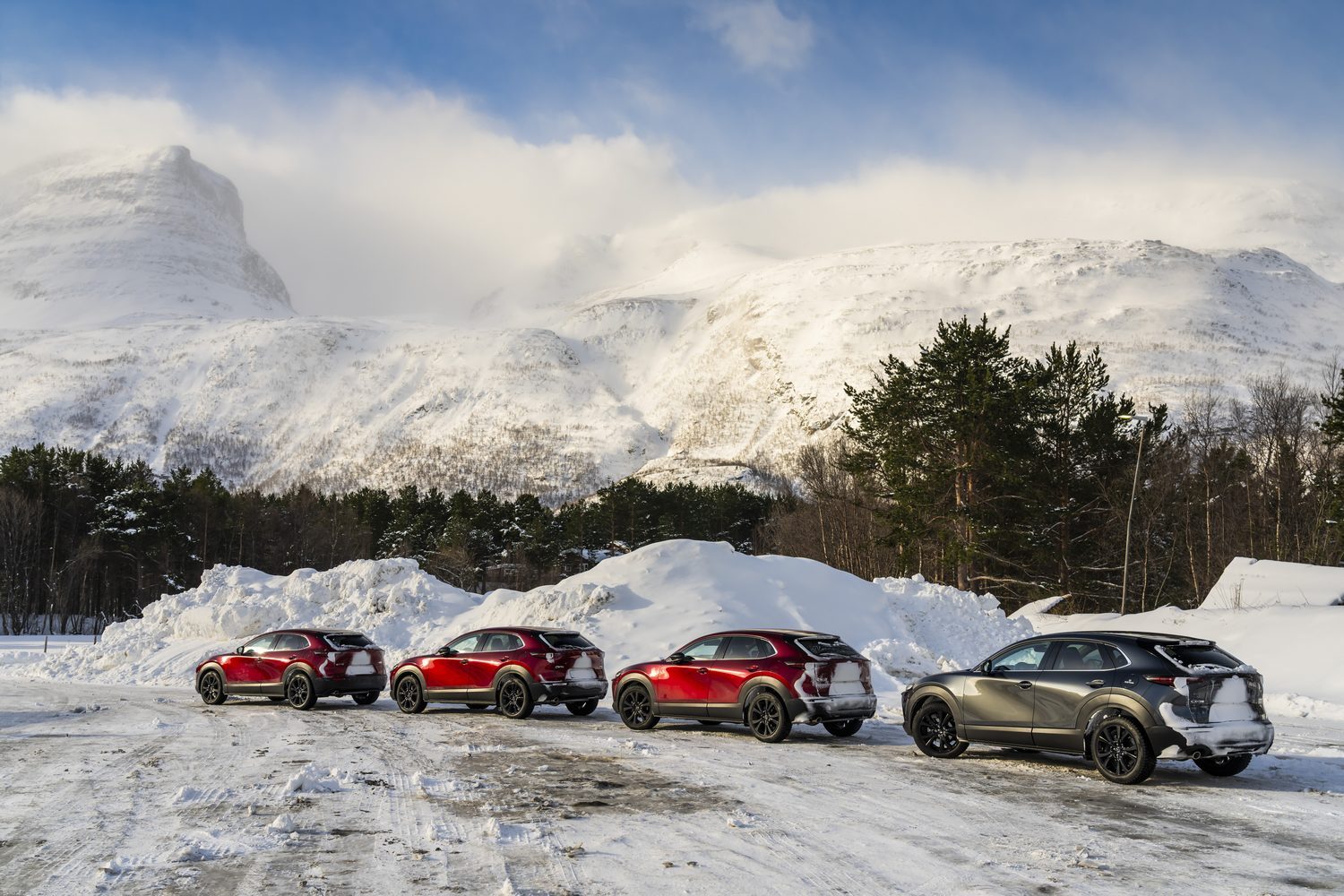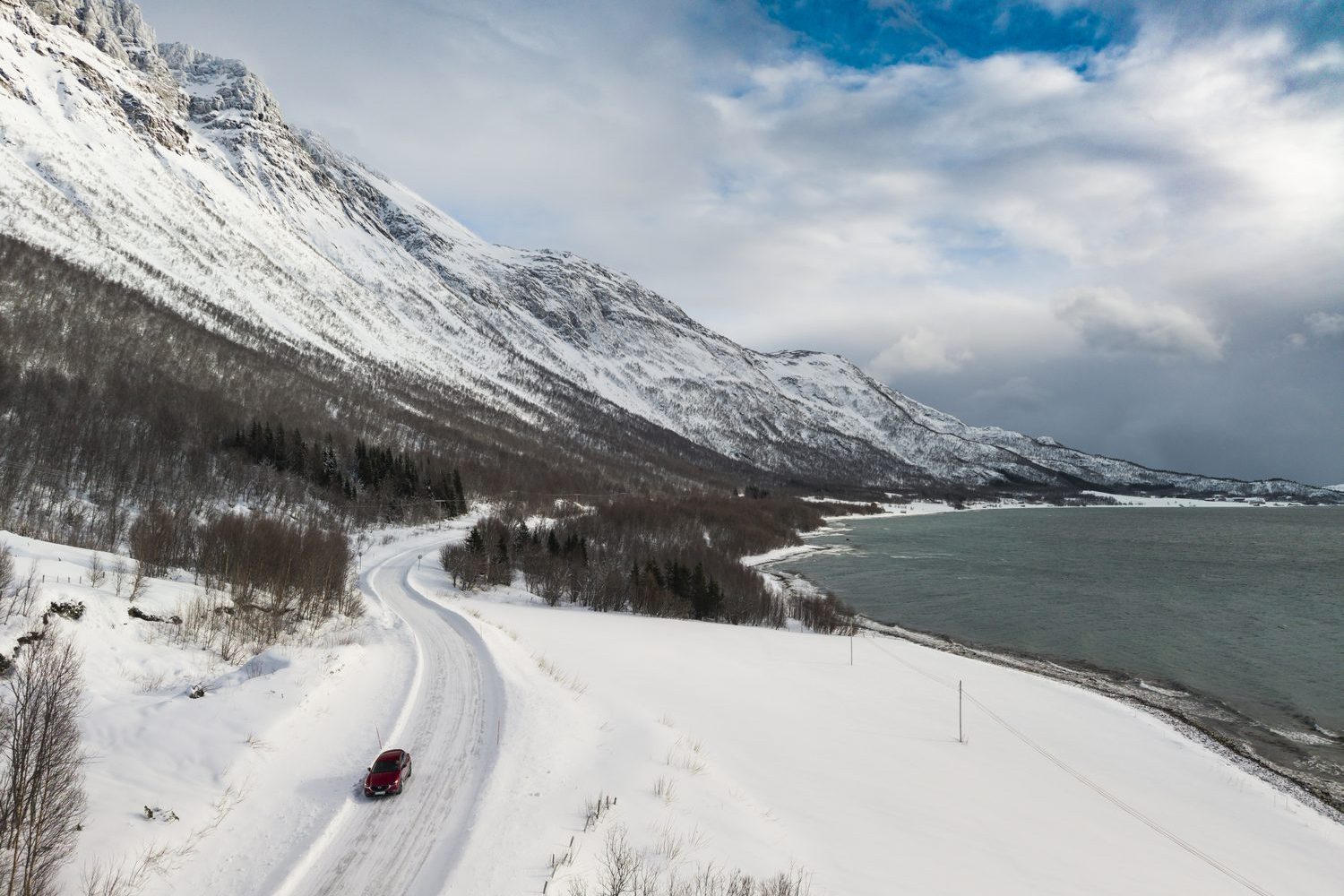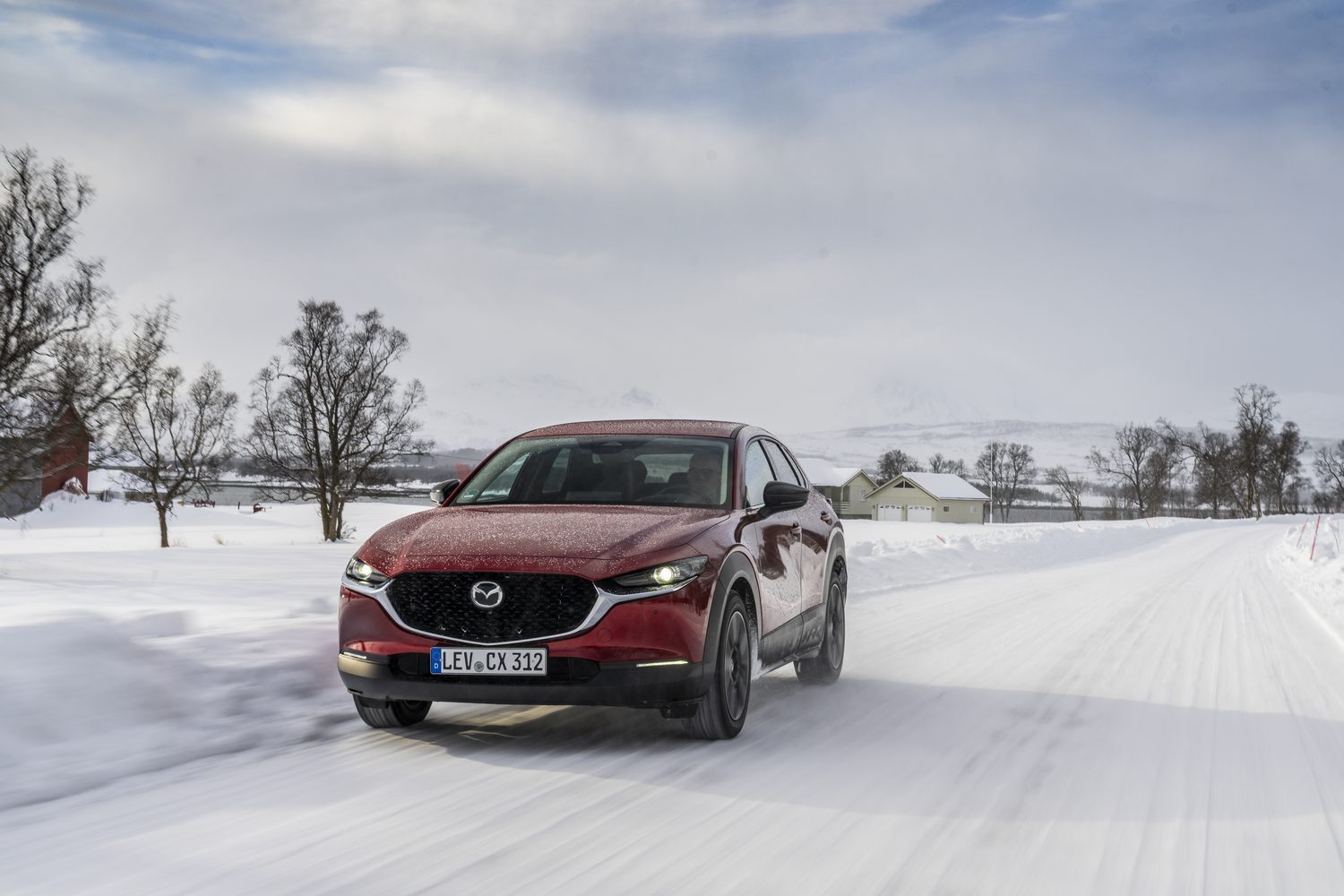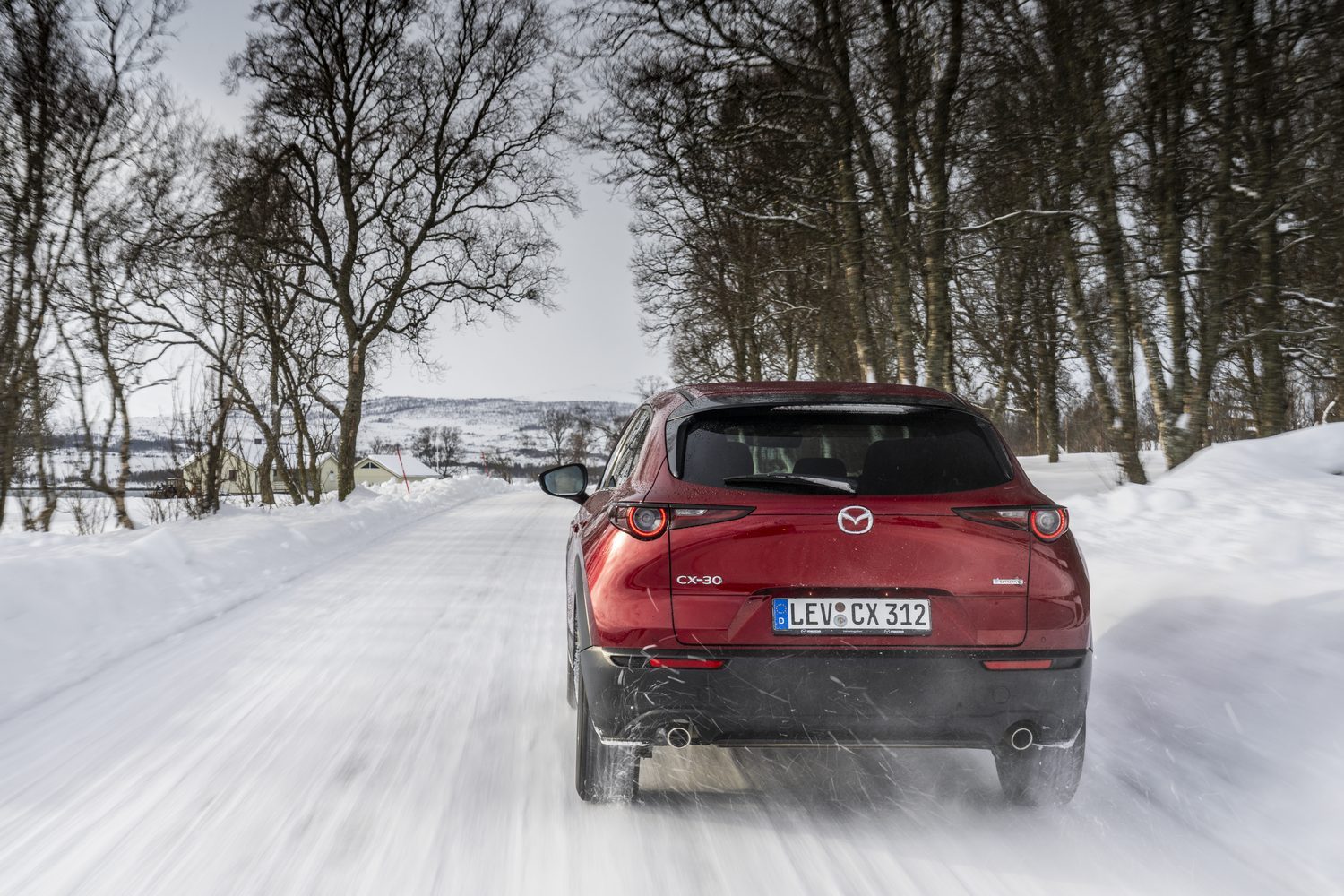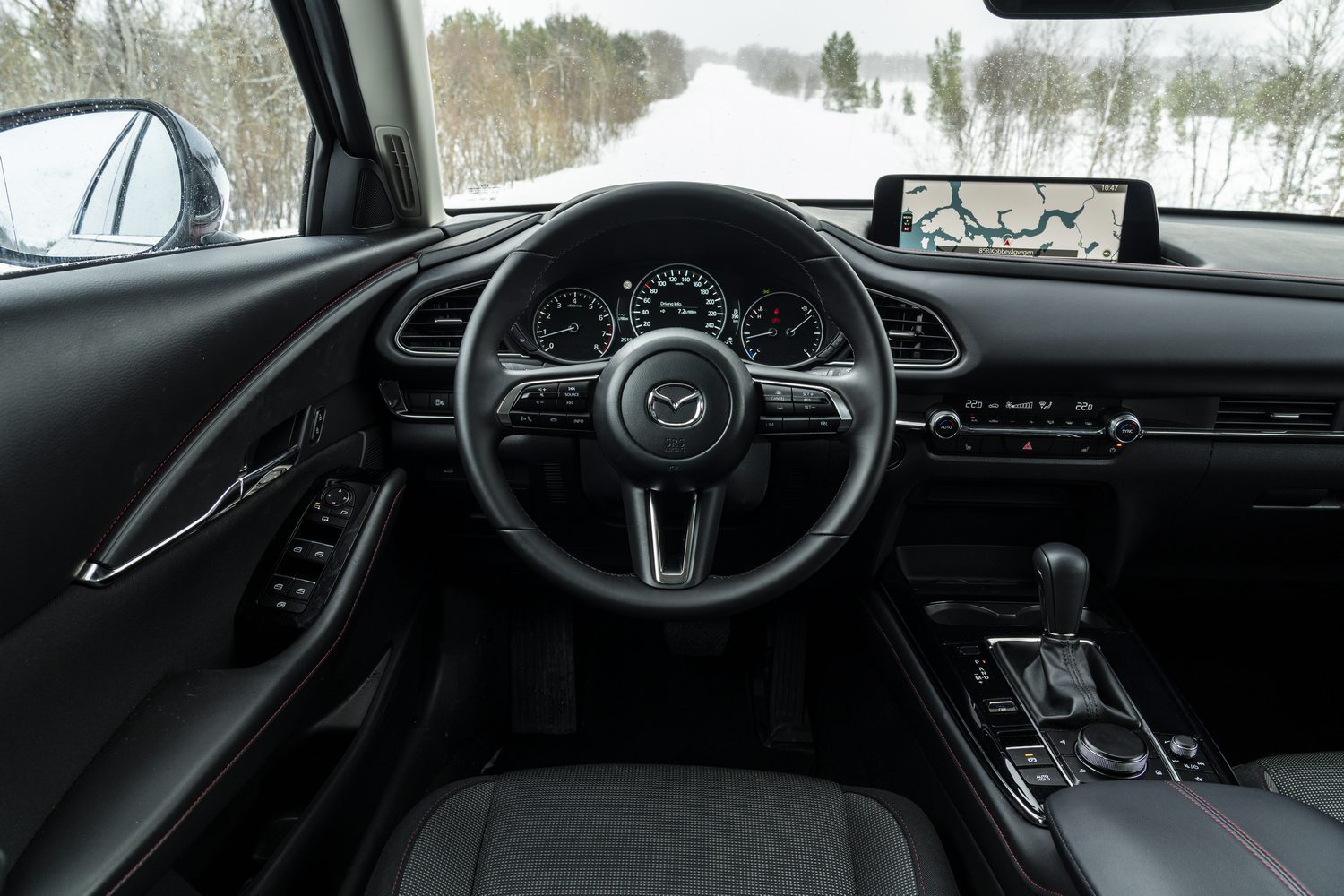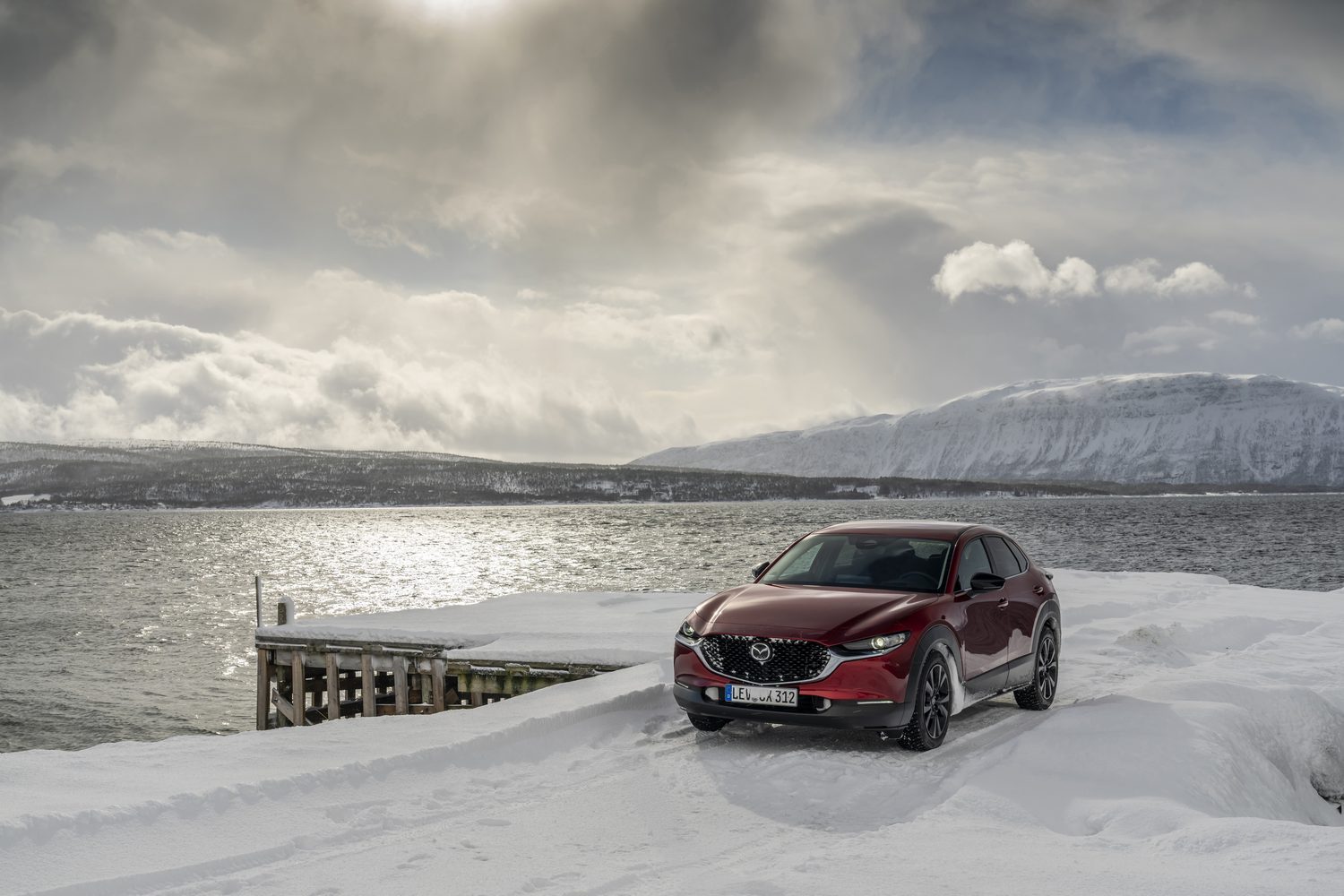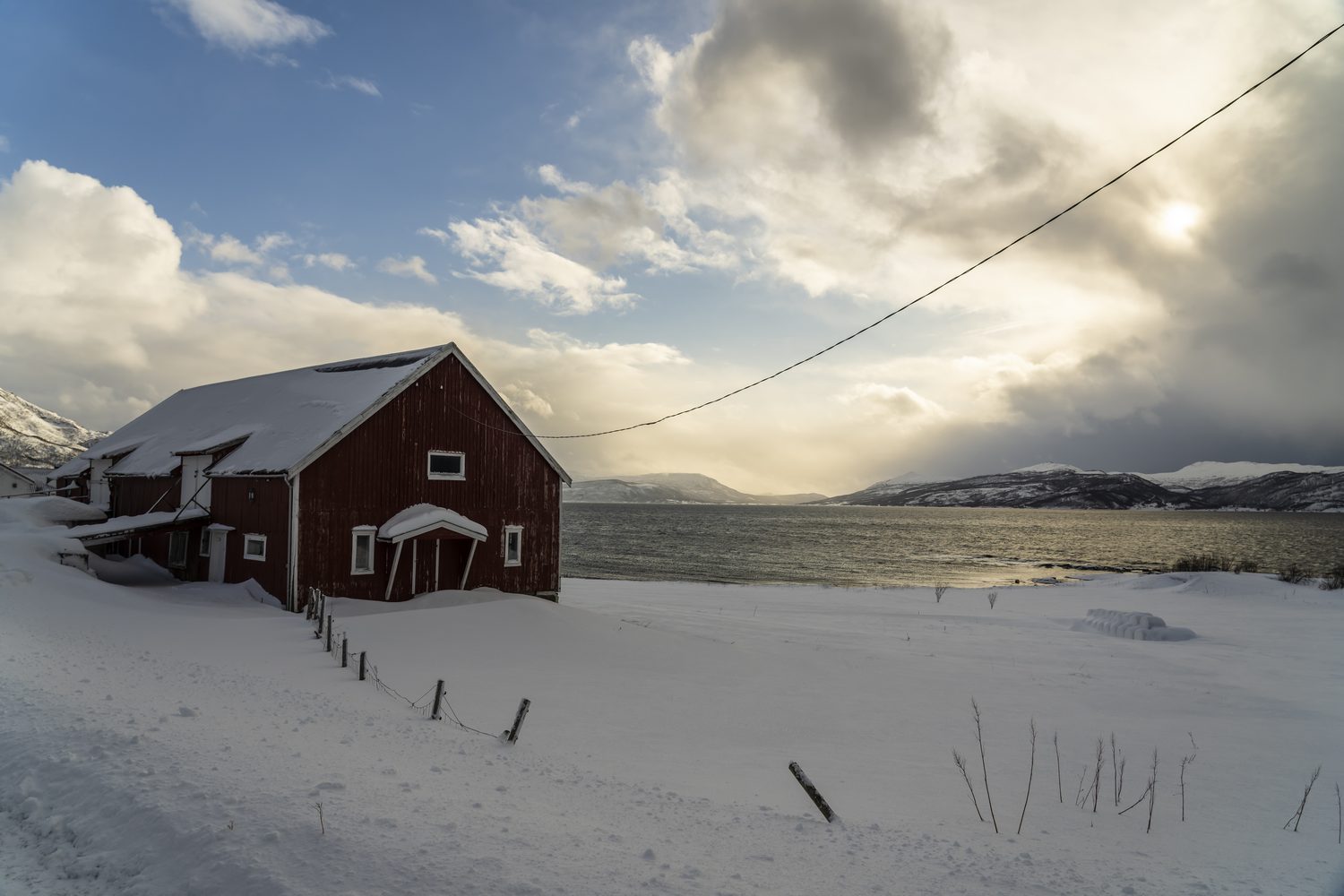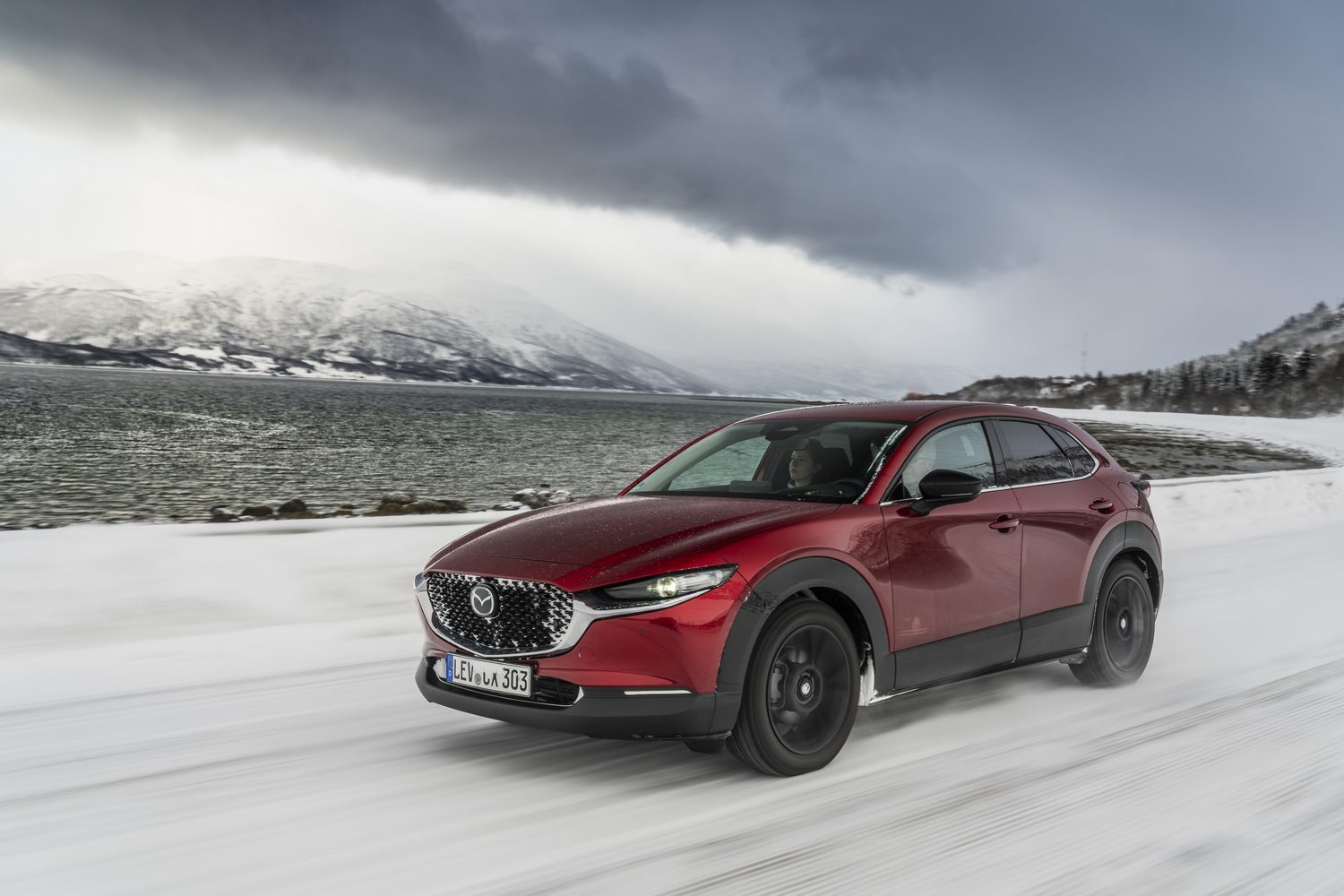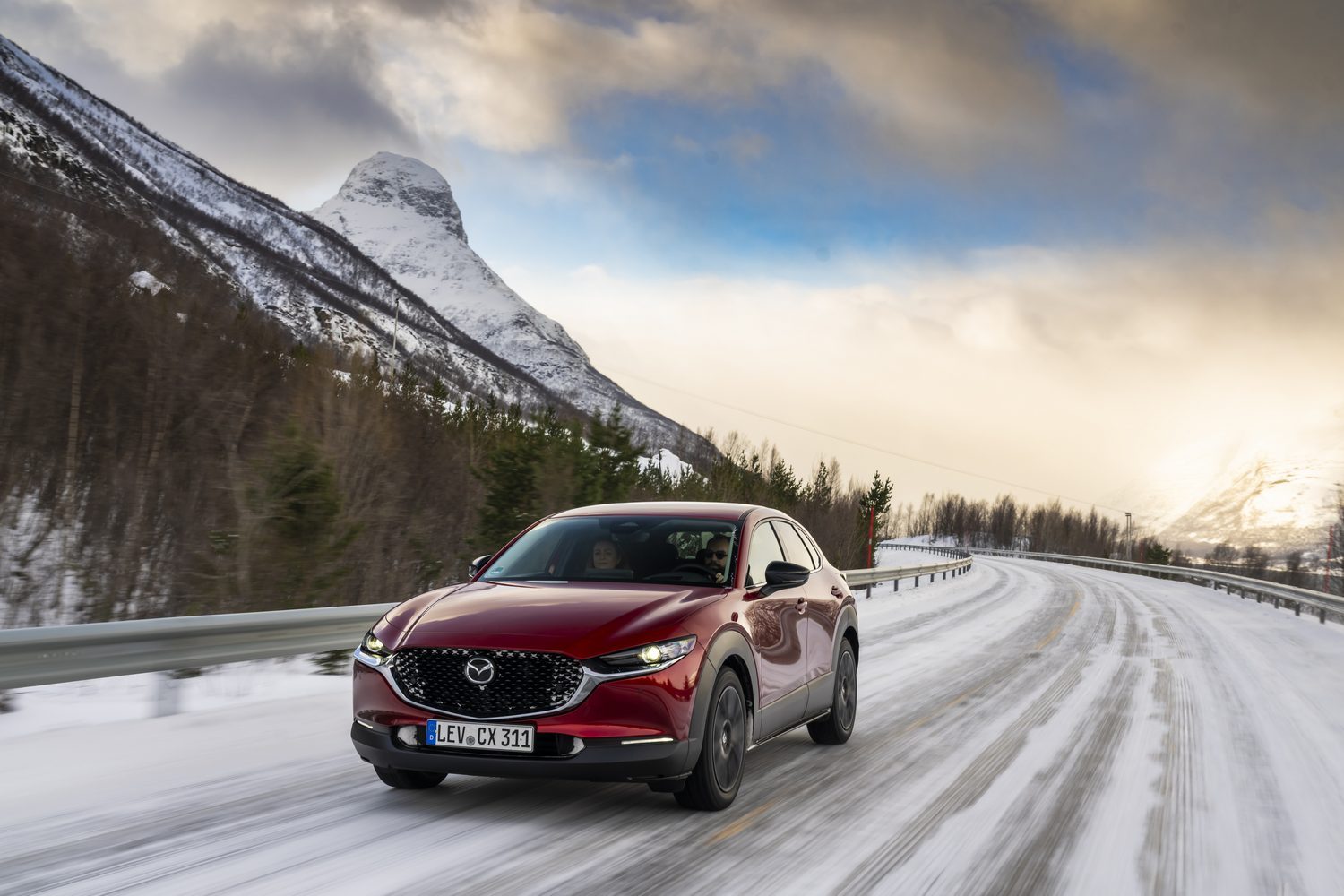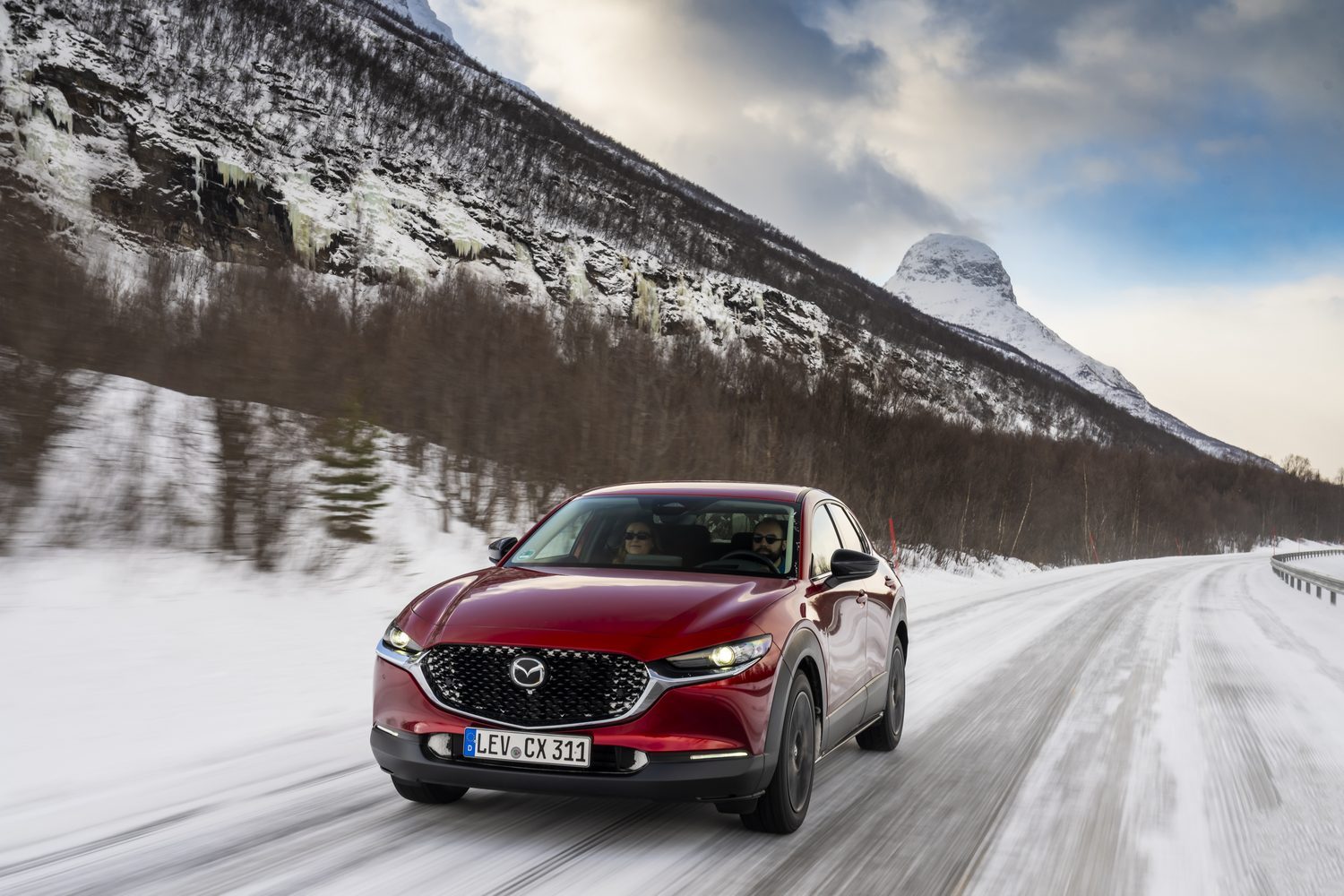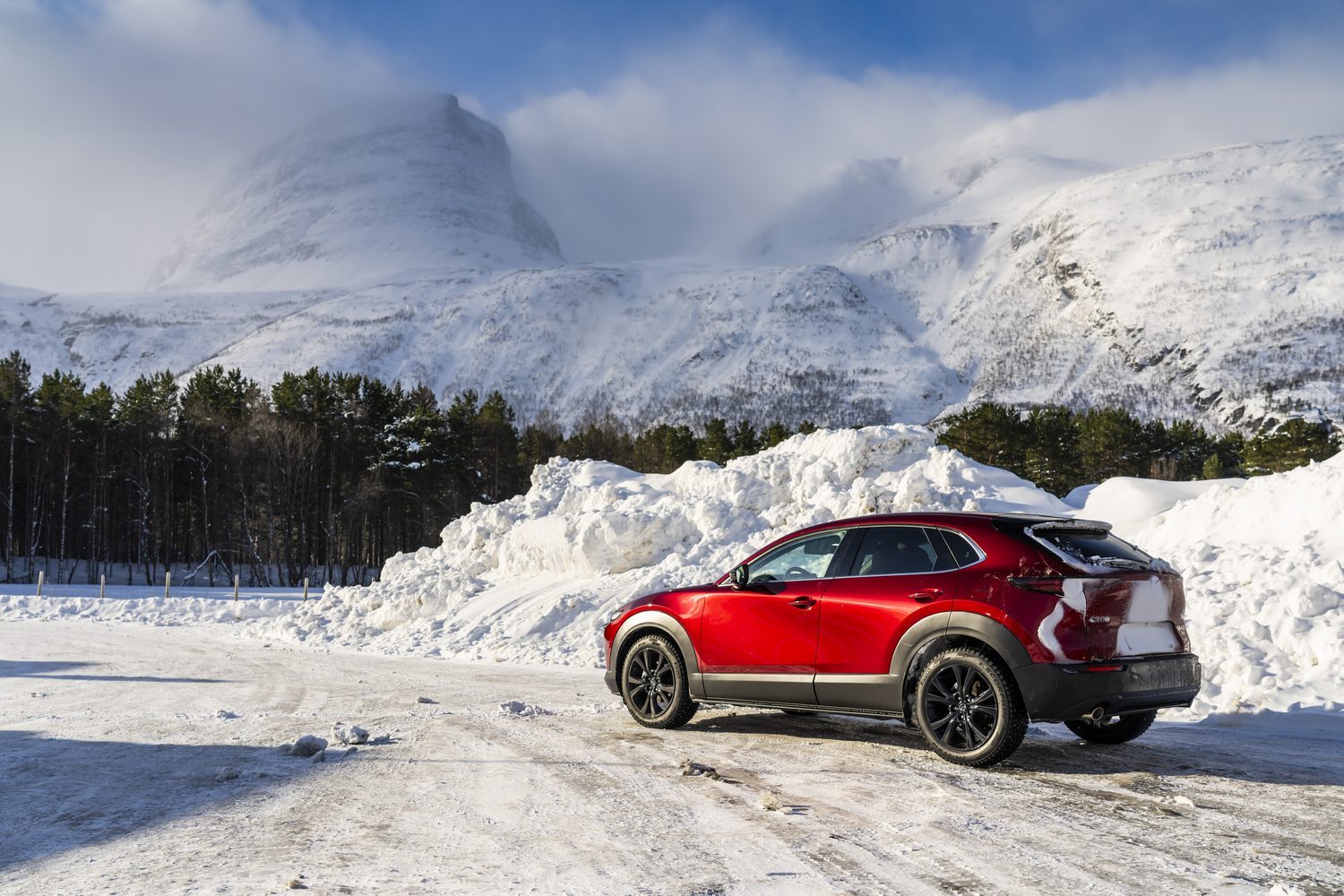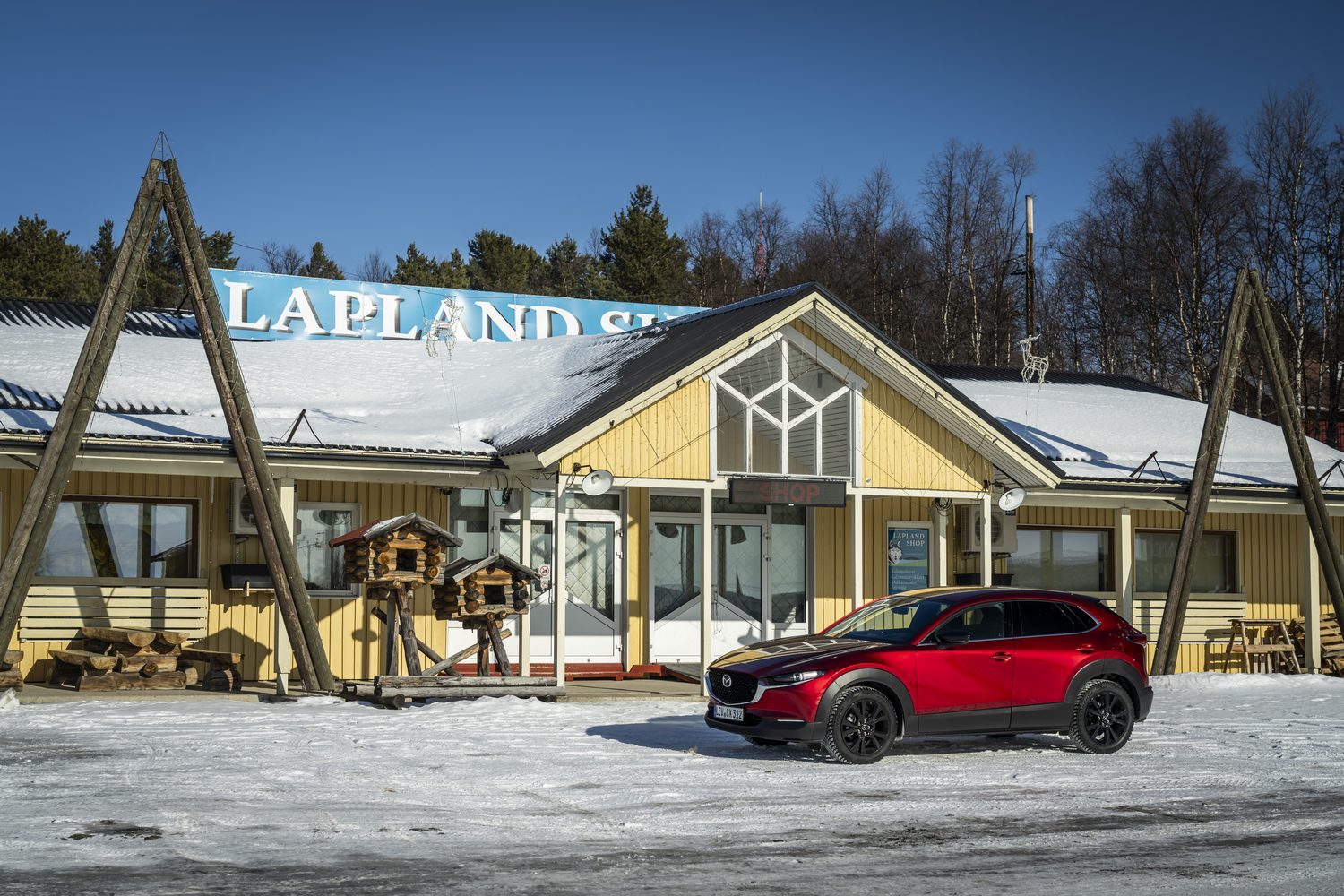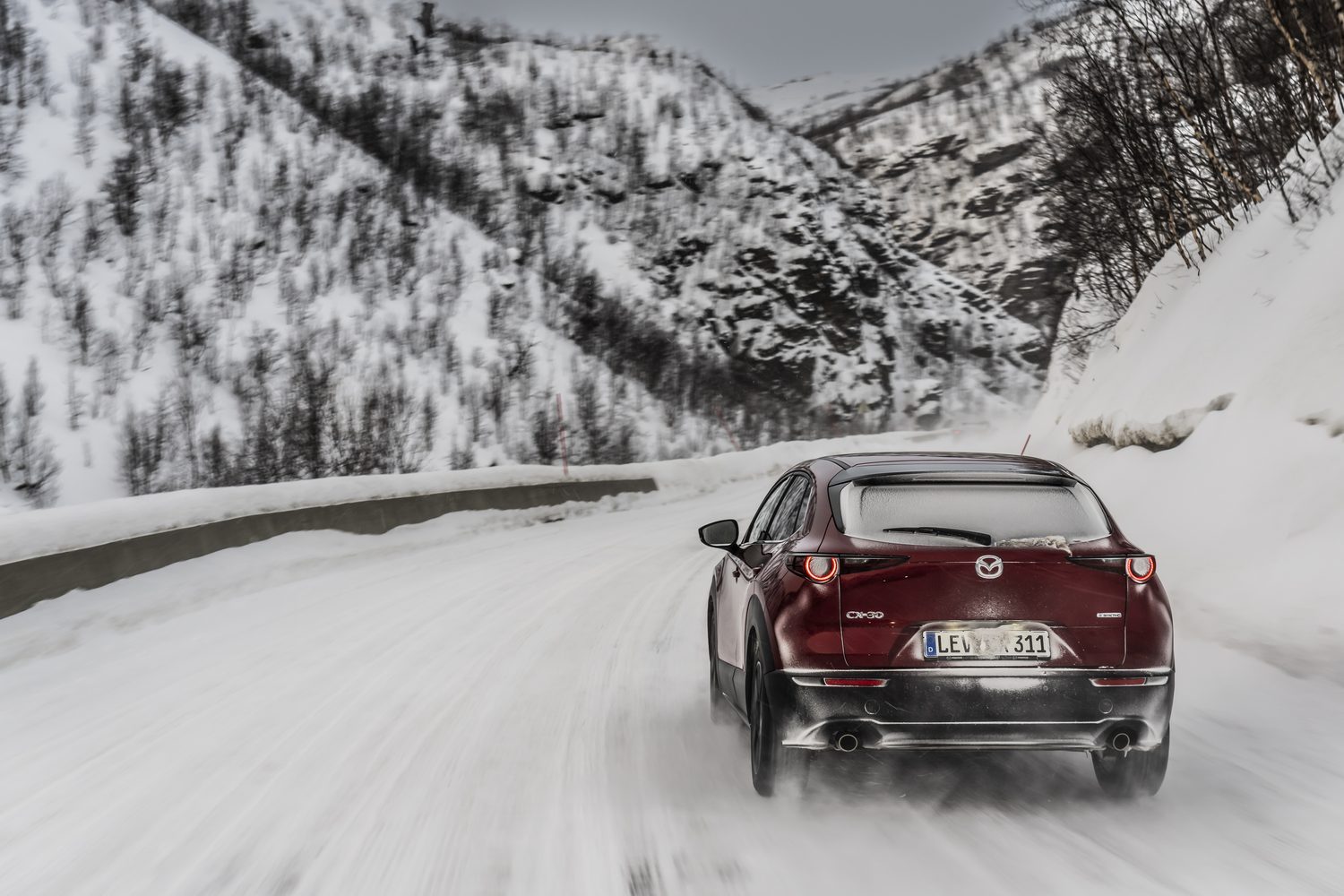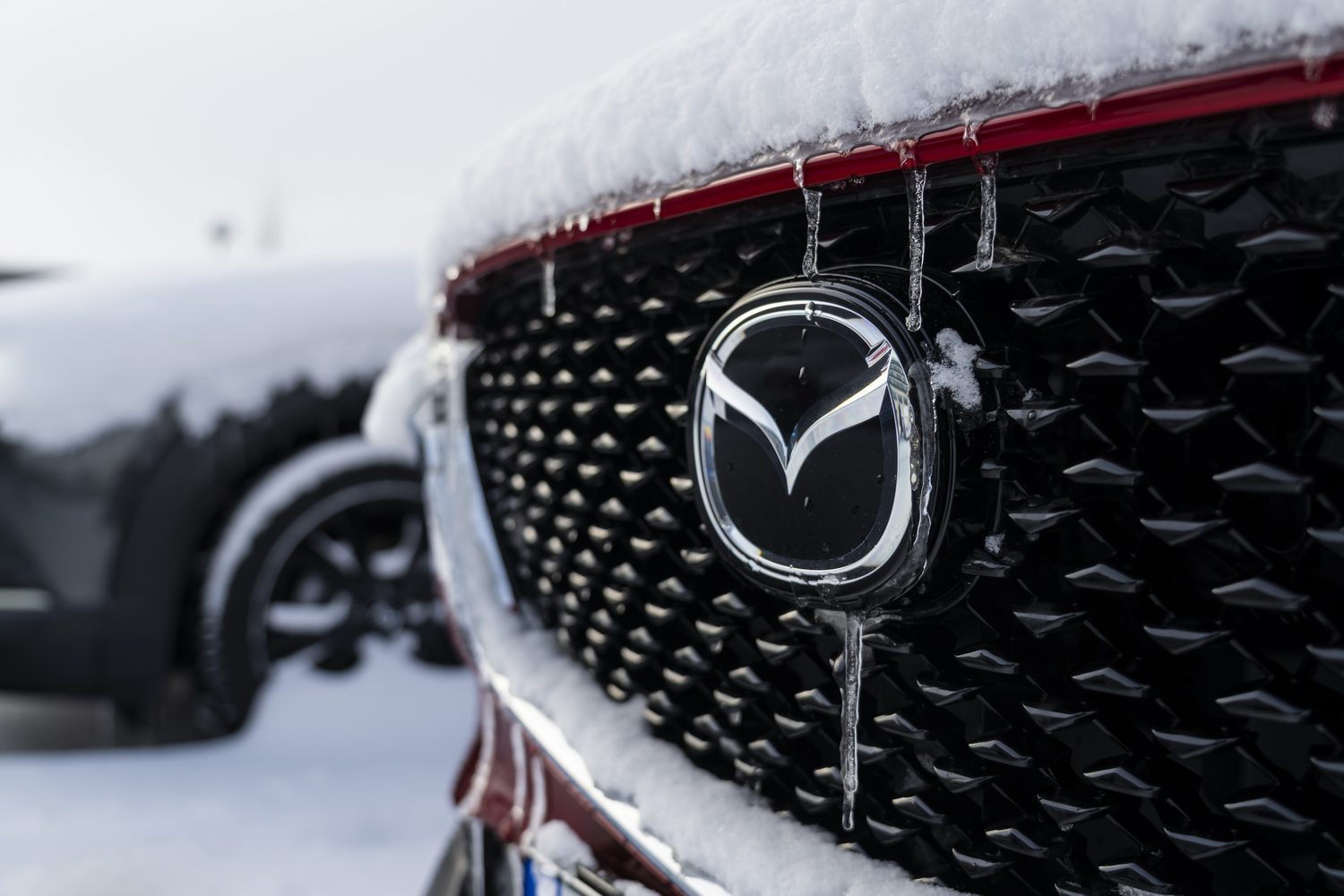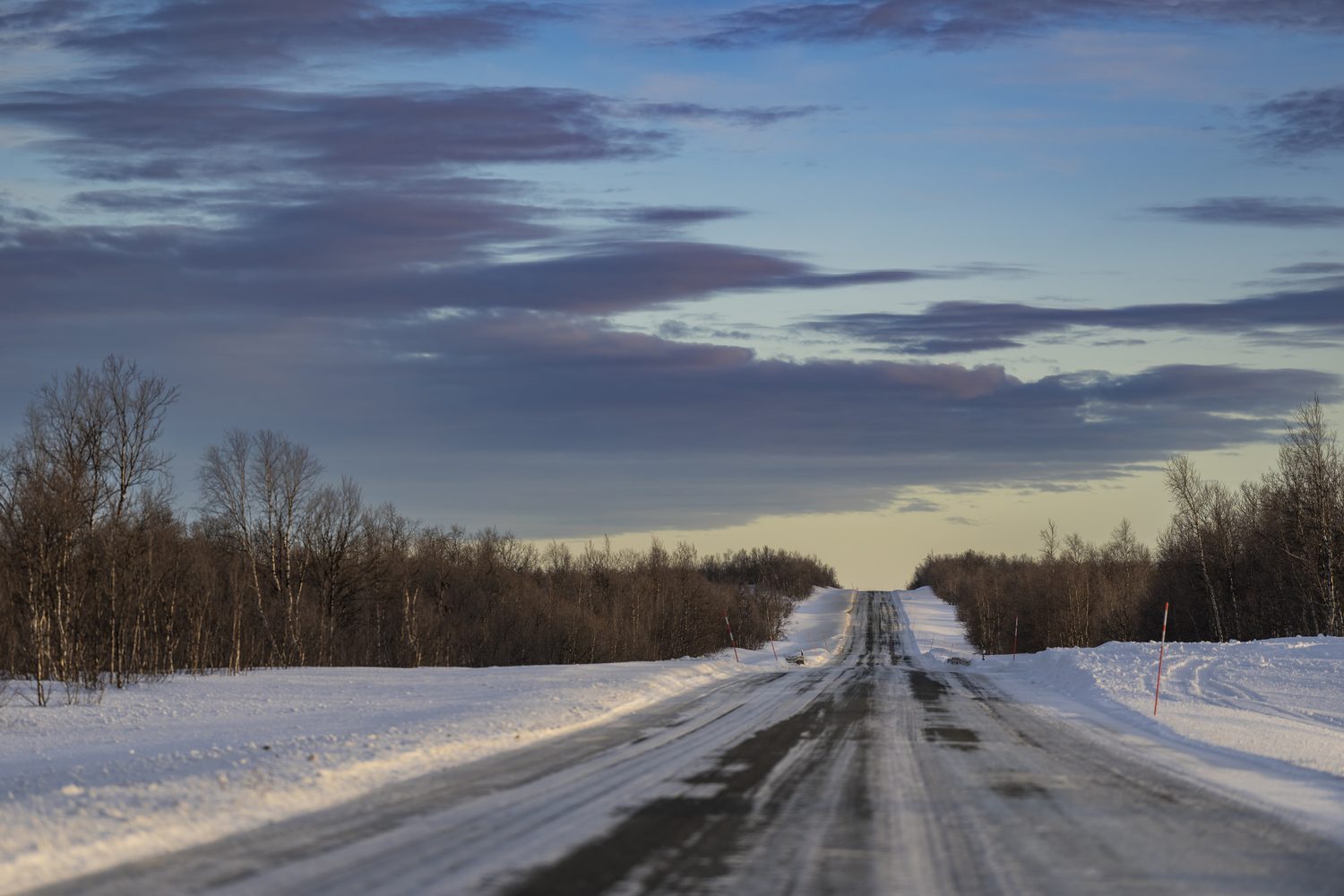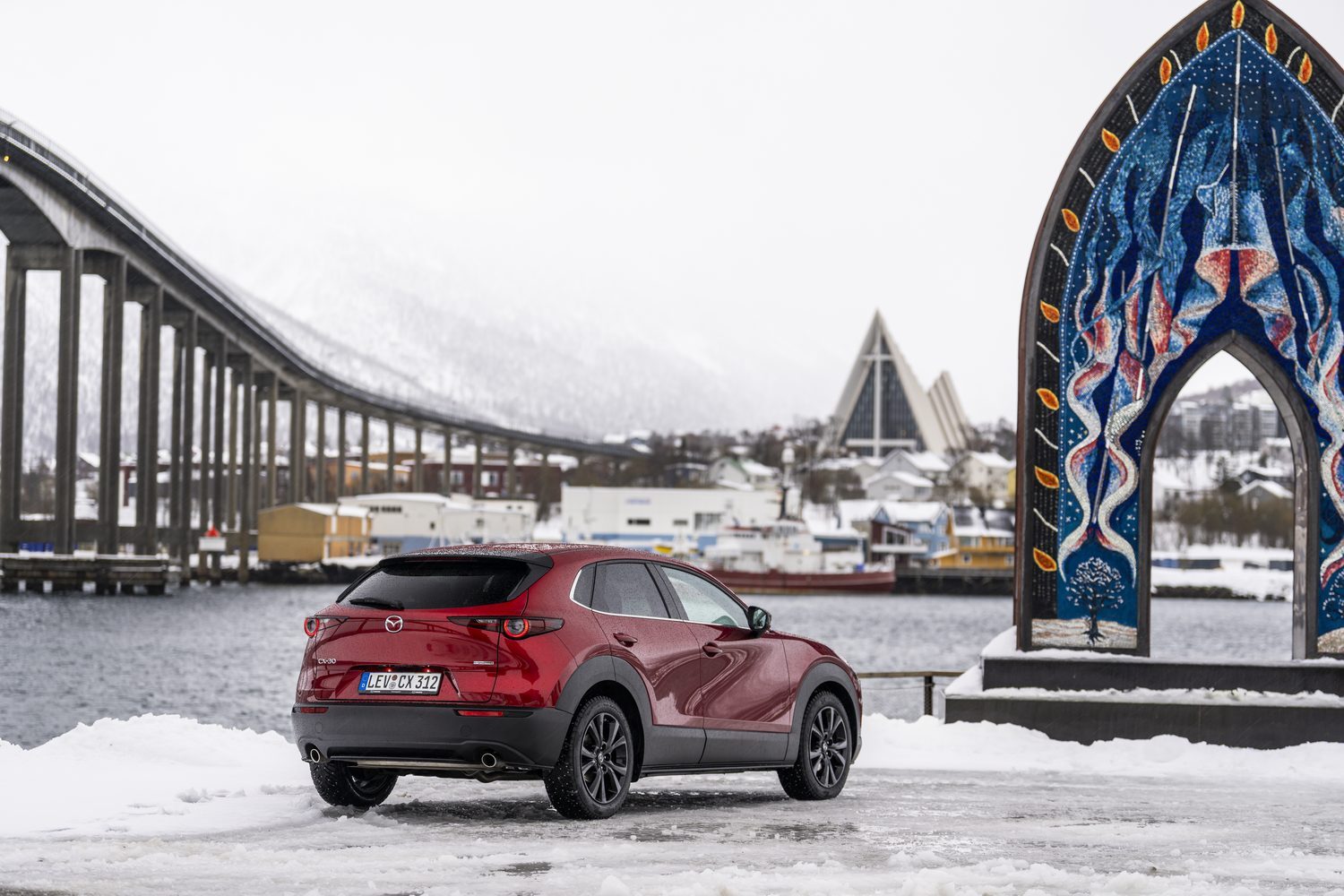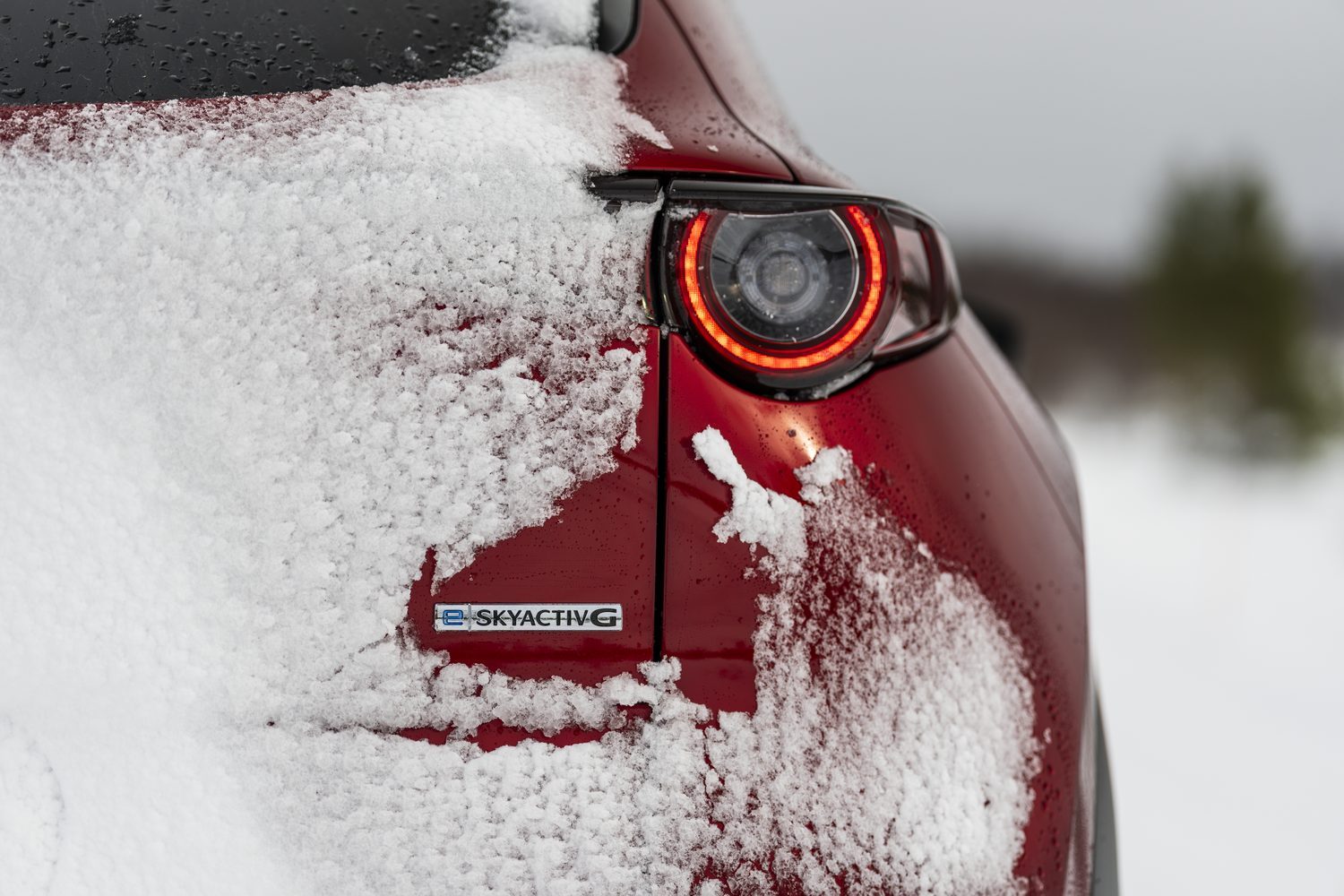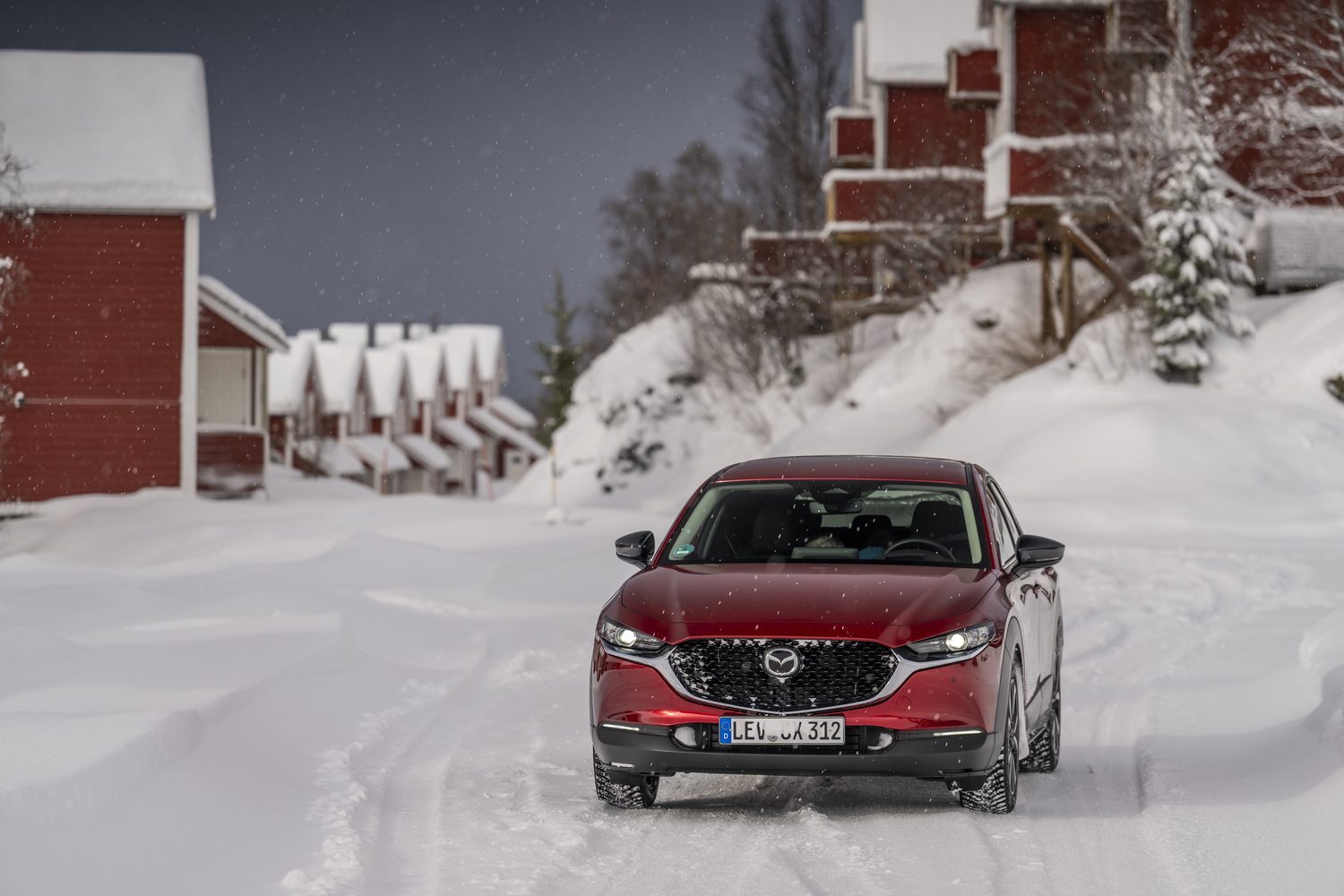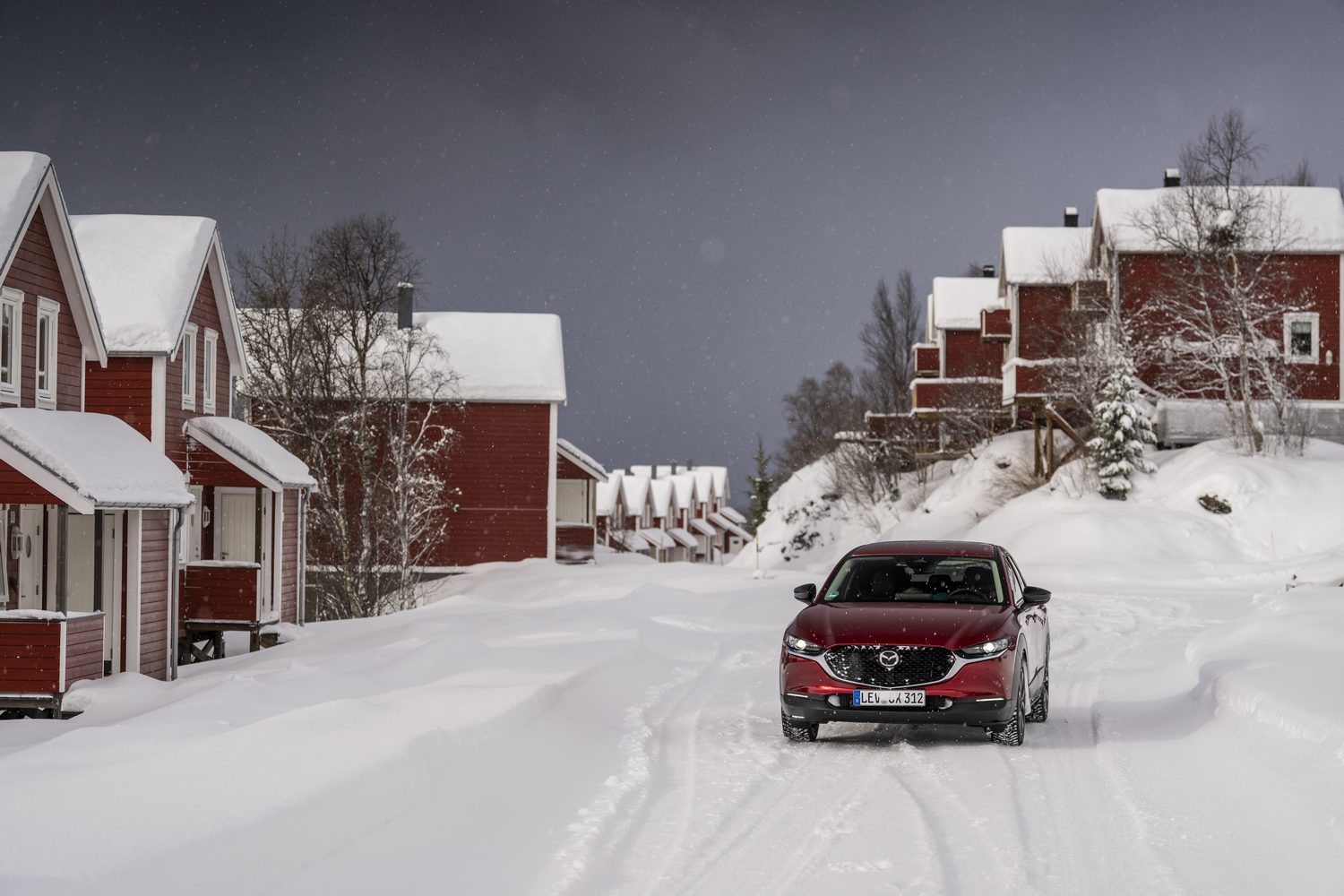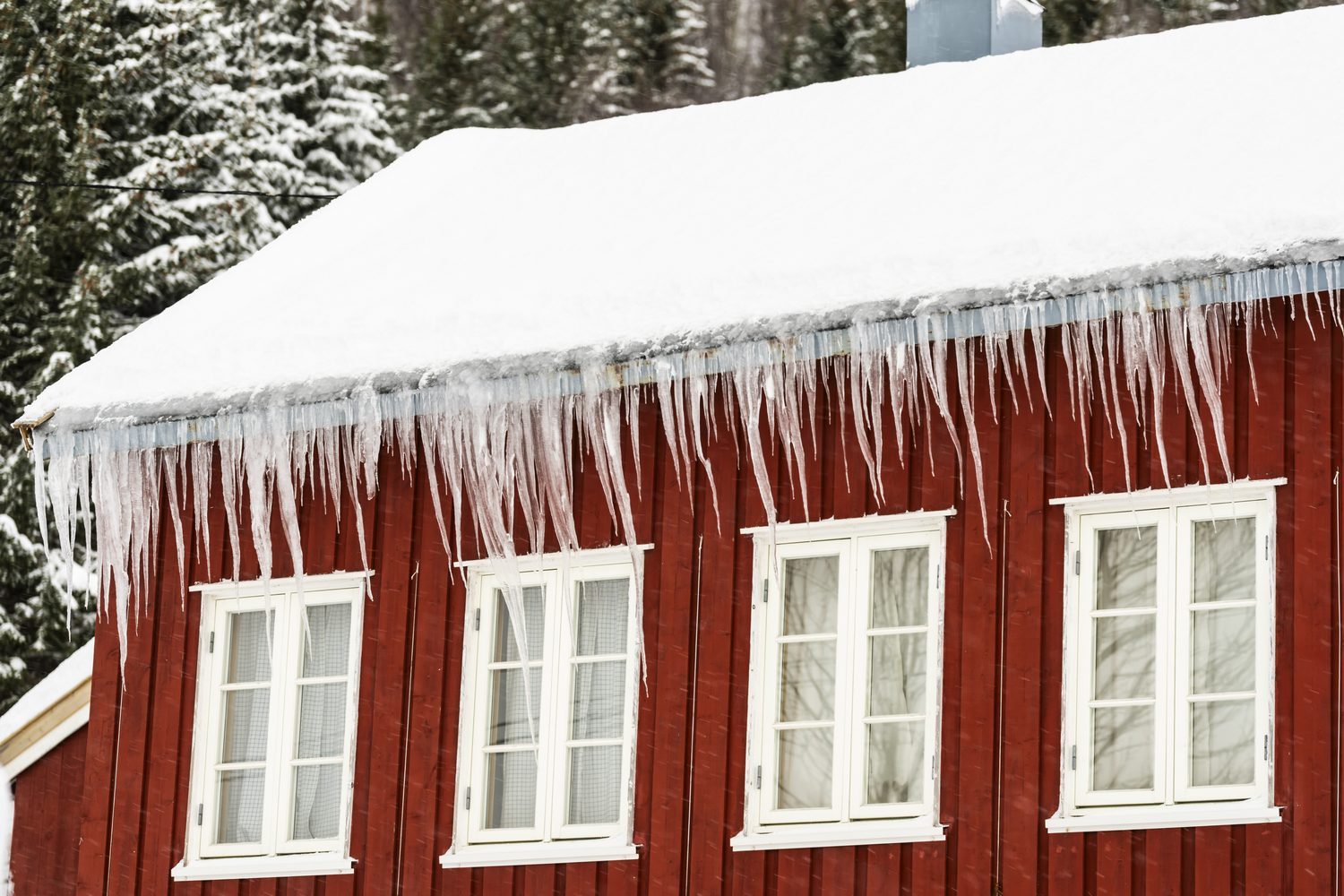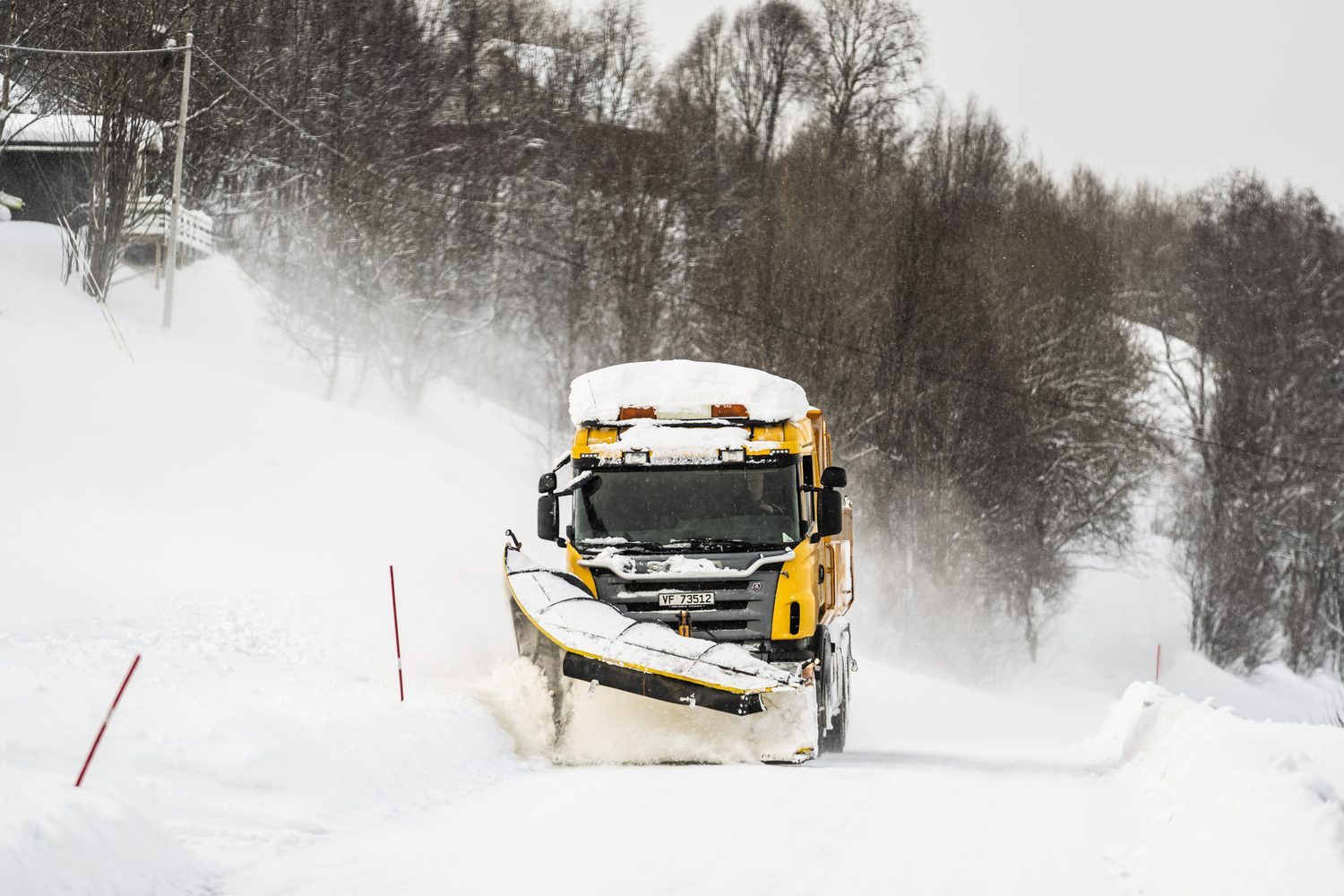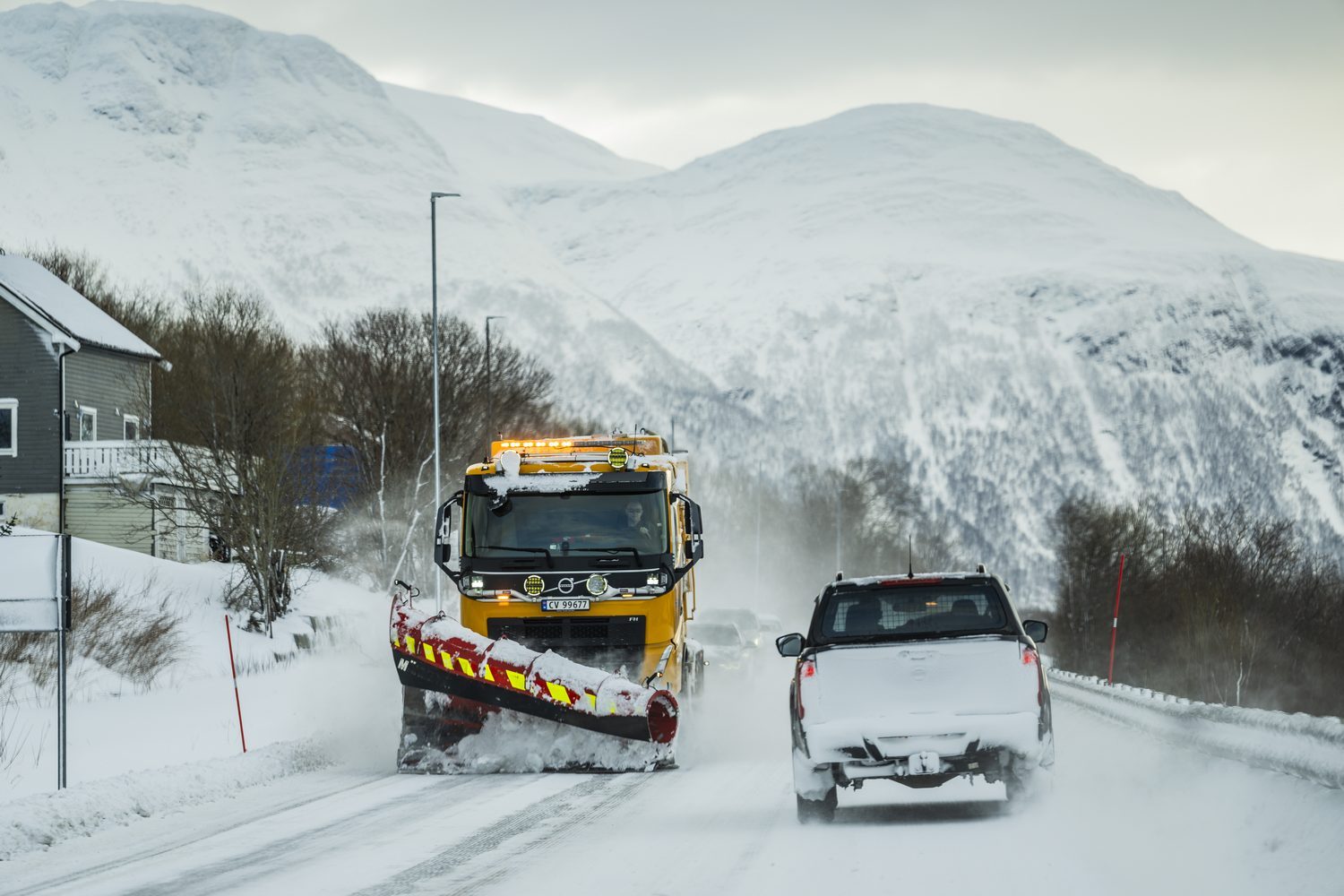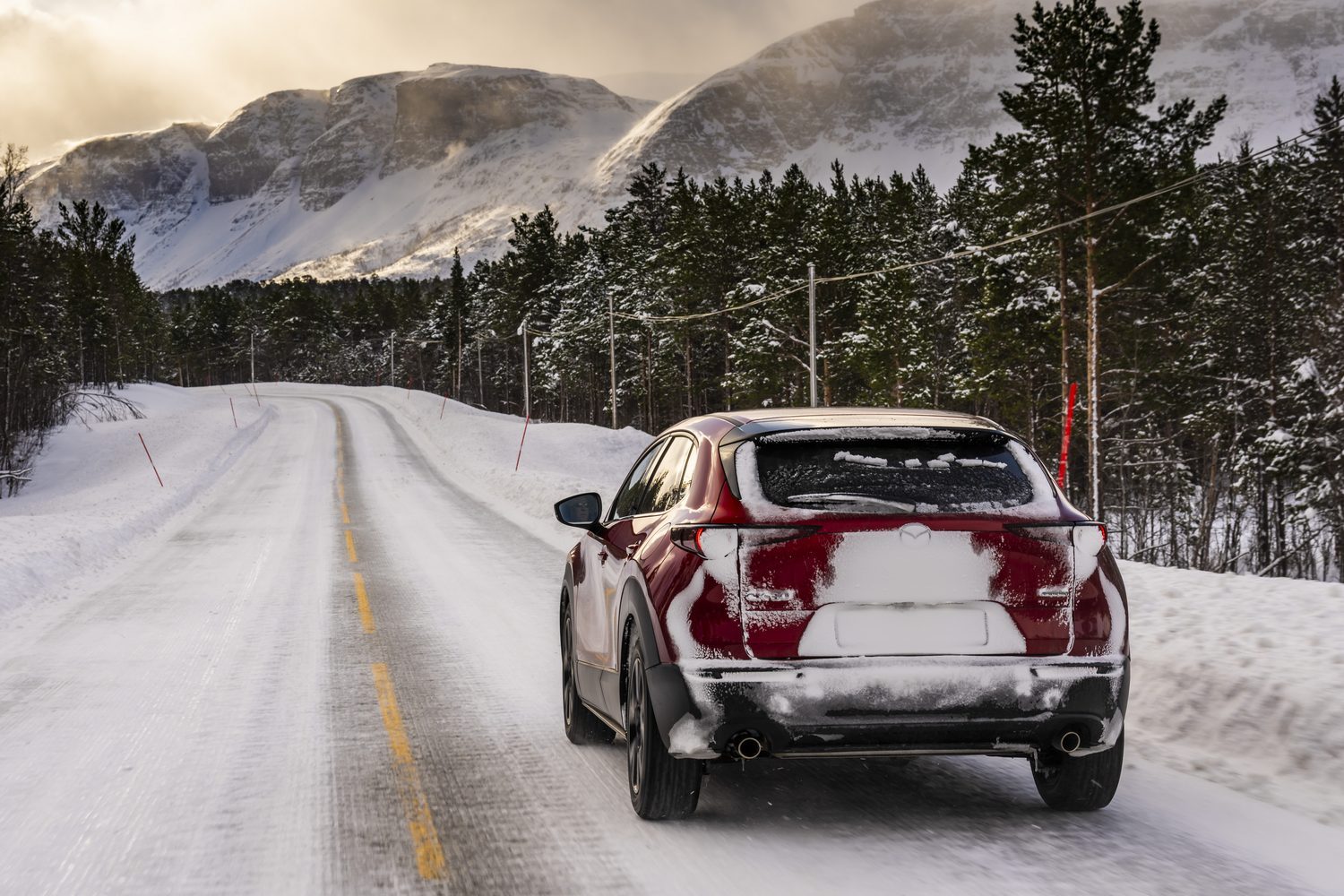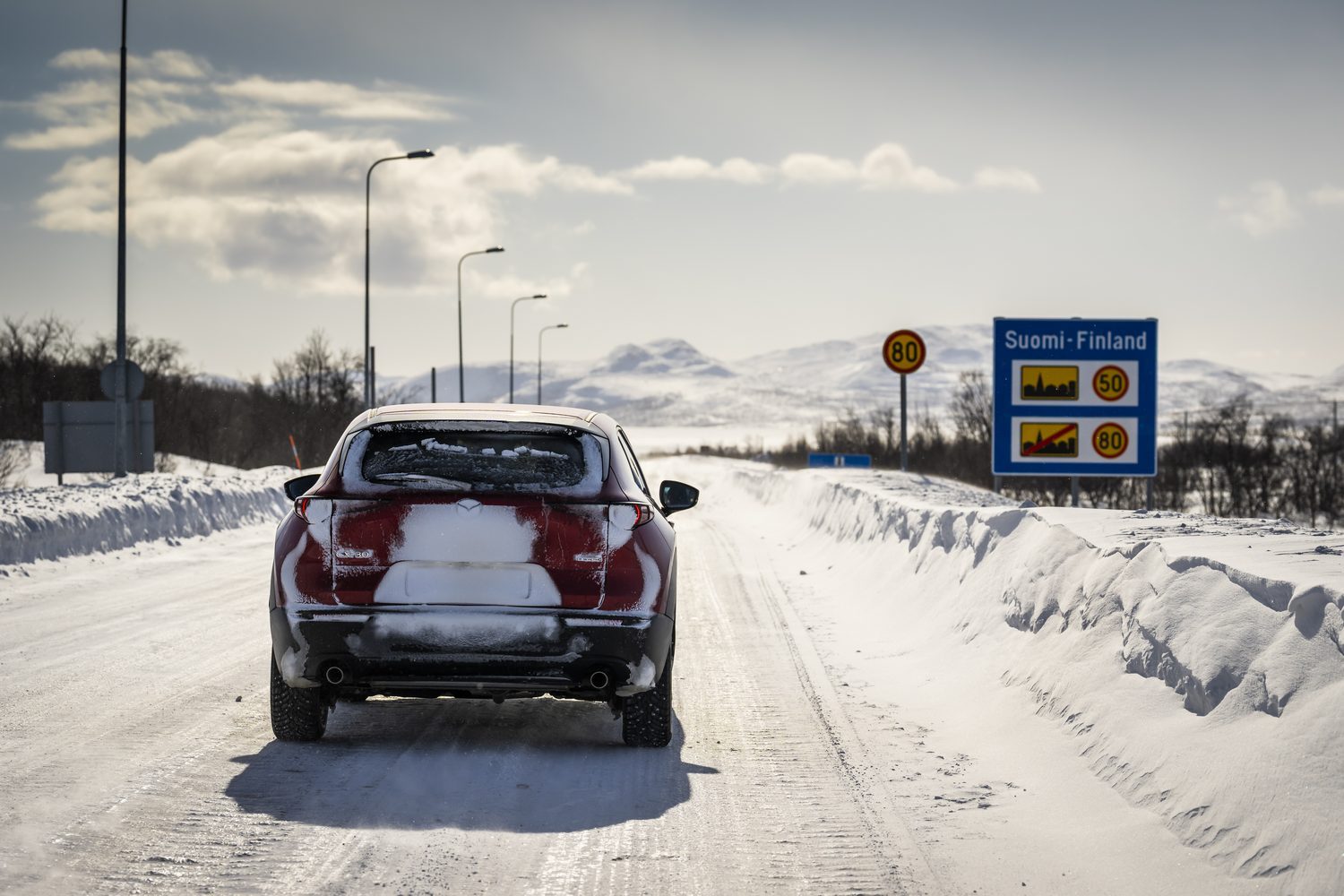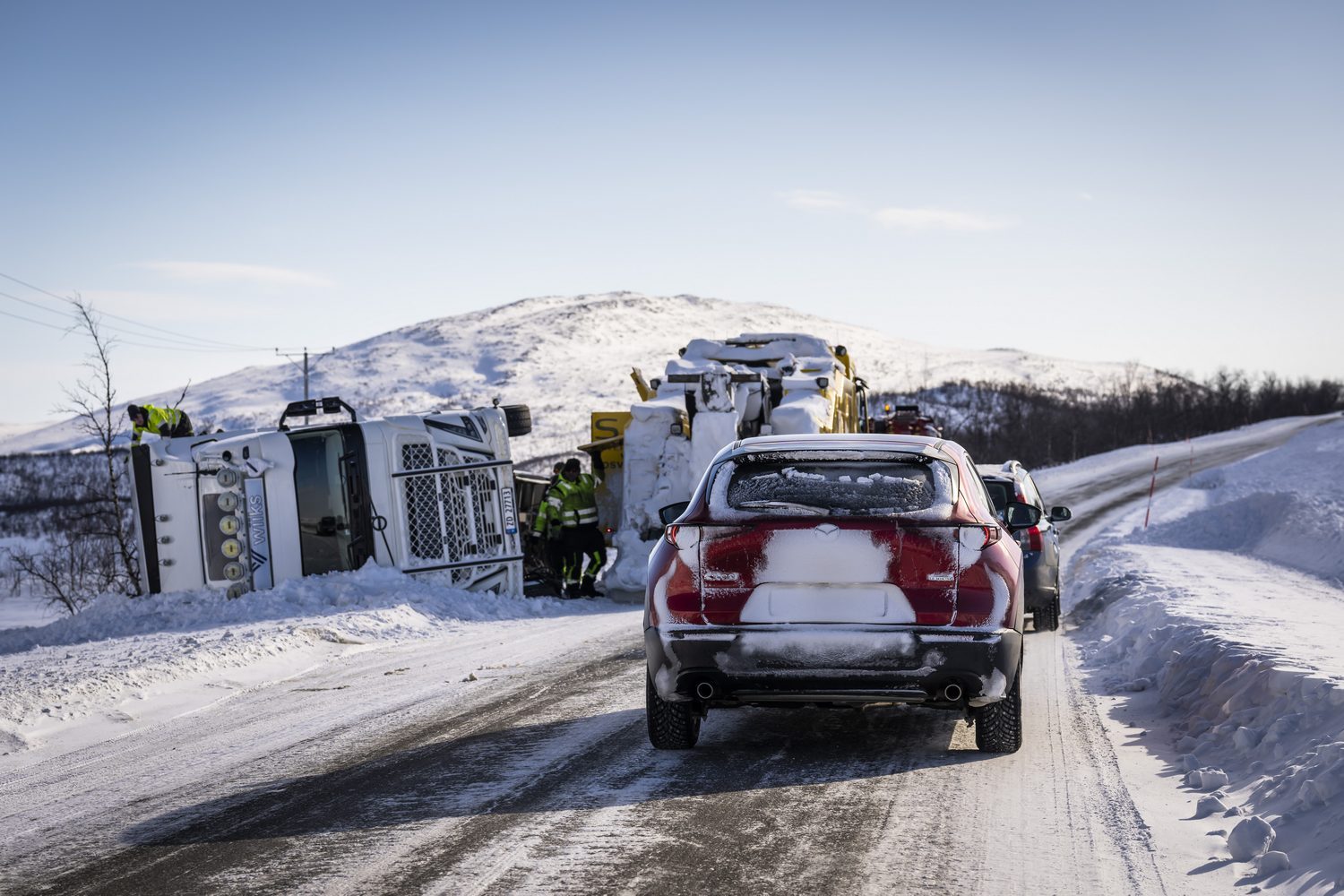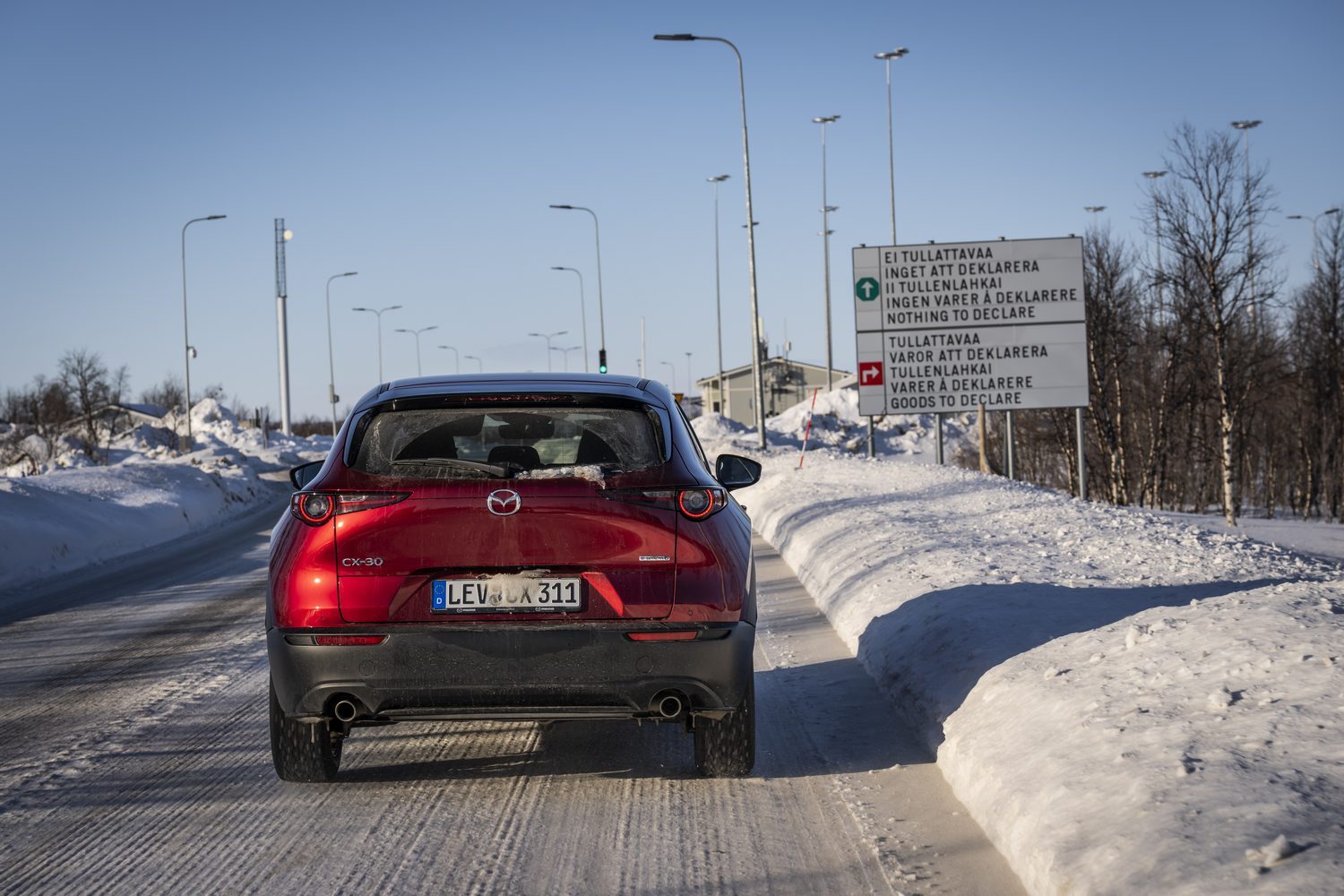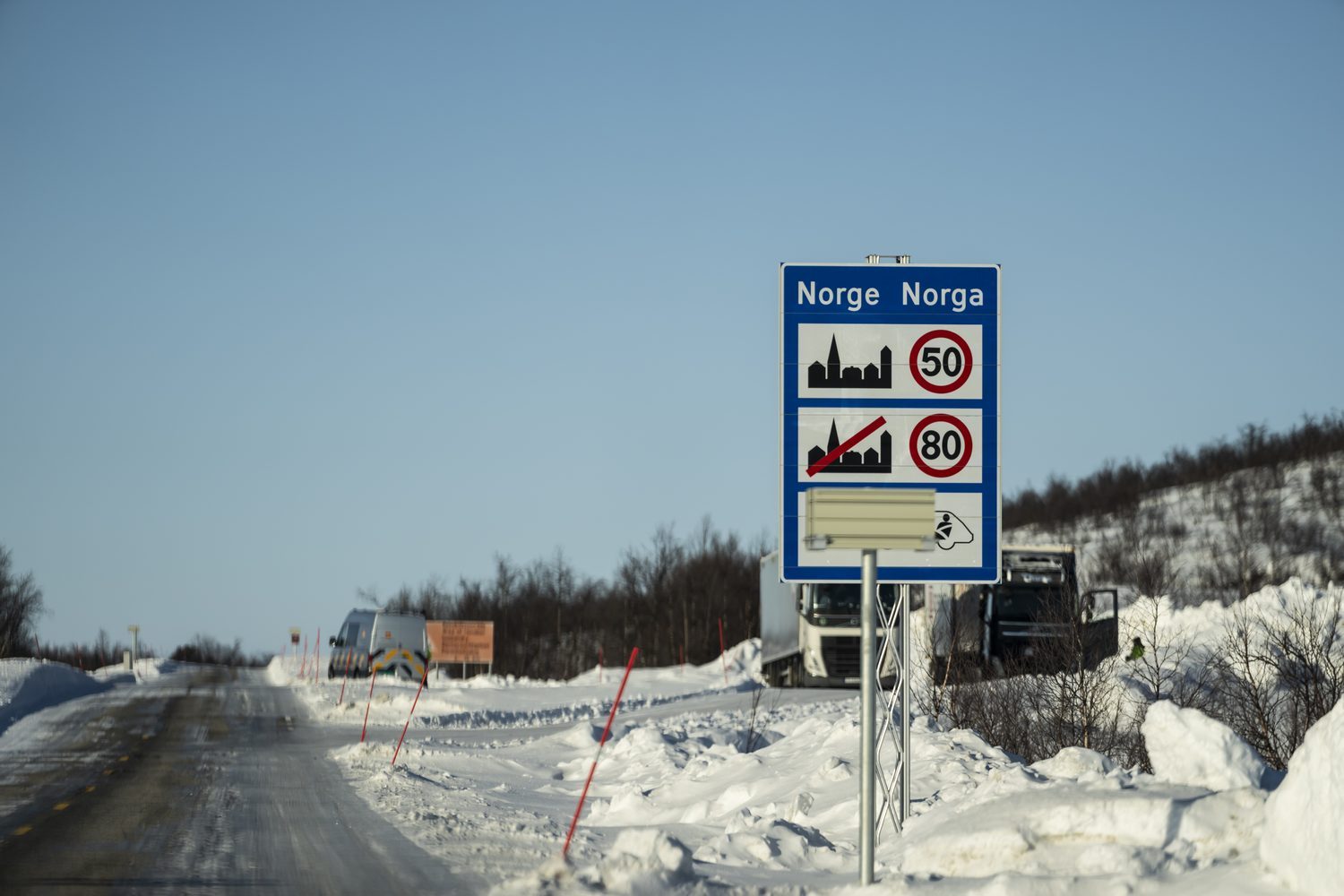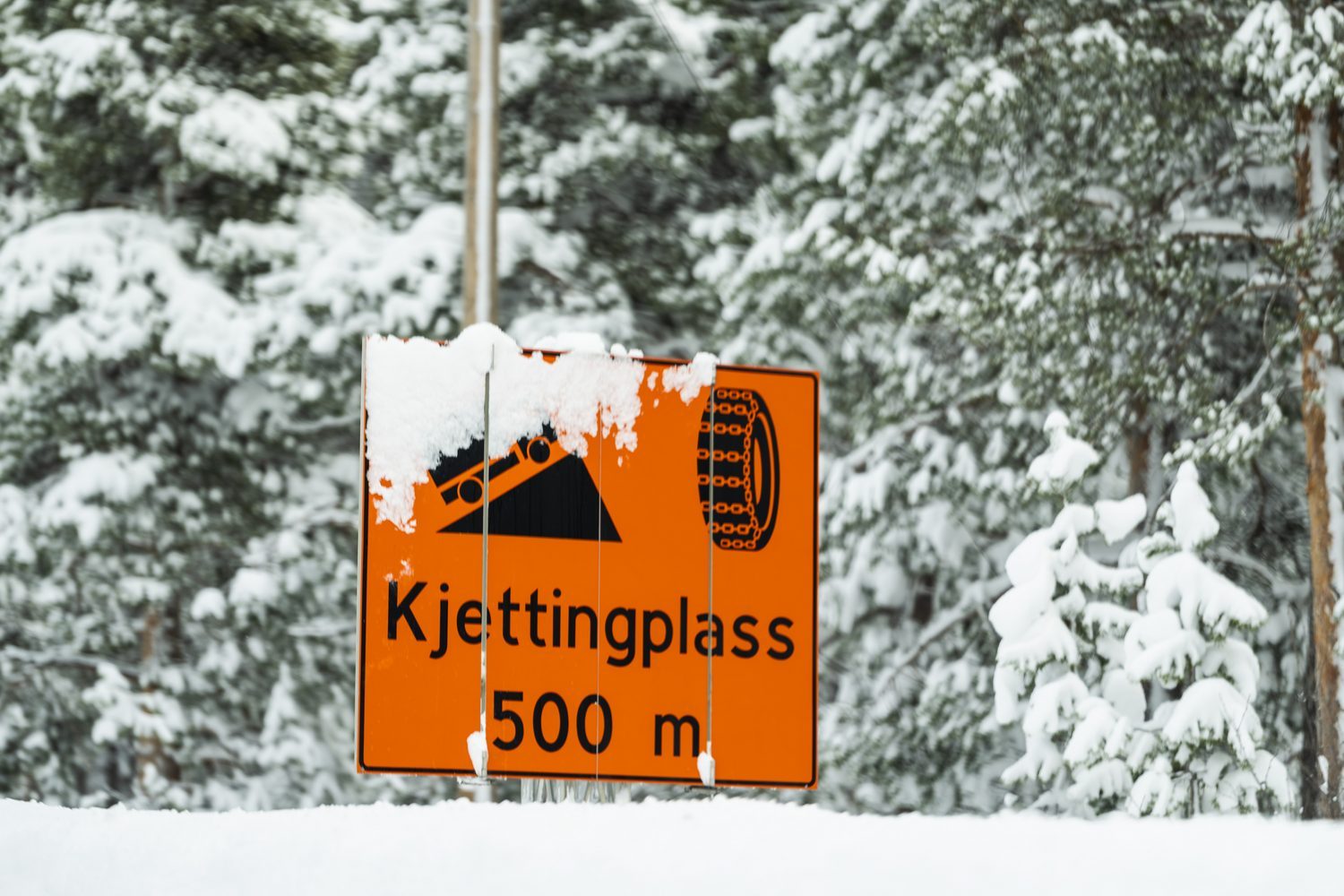It's quite difficult to talk about global warming when you're staggering through an Arctic blizzard. In fact, it's difficult to do anything when the pavement is covered in half a metre of drifting snow, and under that is a thick layer of ice. Your teeth chatter, your body shivers, your boots slip and all you really want is a roof, a log fire and a warming glass of mulled wine.
Yet the issue (climate change that is) is a hugely important one, and it's one of the few topics on which car enthusiasts often agree. Arguments rage about the respective merits of rear- and all-wheel drive, or whether you're better with a manual gearbox than a double-clutch automatic. But we all know that fossil fuels - the petrol and diesel with which we've been fuelling our cars for so long - are a finite resource, and we are pumping carbon dioxide into the atmosphere at an alarming rate. Yet in a return to form, we petrol-heads can't seem to decide on an alternative.
There are those who think hydrogen fuel cells, which mix hydrogen and oxygen to create electricity and water - the only emission - are the answer, while others prefer pure electric vehicles, which have a rechargeable battery to power their electric motors. Then there are those who think we don't really need electric motors at all, and we can continue to keep at least some internal combustion engines on the road using synthetic versions of petrol and diesel.
That's where so-called e-fuels and biofuels come in. Essentially a synthetic replacement for fossil fuels, they take carbon dioxide and mix it with hydrogen to create something chemically identical to petrol or diesel. And this isn't just the work of some boffins in a lab; synthetic fuel is commercially available in Europe right now. And because both e-fuels (made with captured carbon) and biofuels (which get their carbon from biological waste or plant matter), theoretically trap the carbon in a virtuous loop of recycling, they shouldn't emit any - or at least much - more carbon into the atmosphere.
As a result, proponents claim this kind of fuel might not just be the answer for older cars, but also for commercial vehicles covering large distances, and for cars in more remote locations where electrical supplies or hydrogen production facilities will be harder to find. And it could even work for vehicles such as supercars, in which enthusiasts still want to hear the roar of a combustion engine.
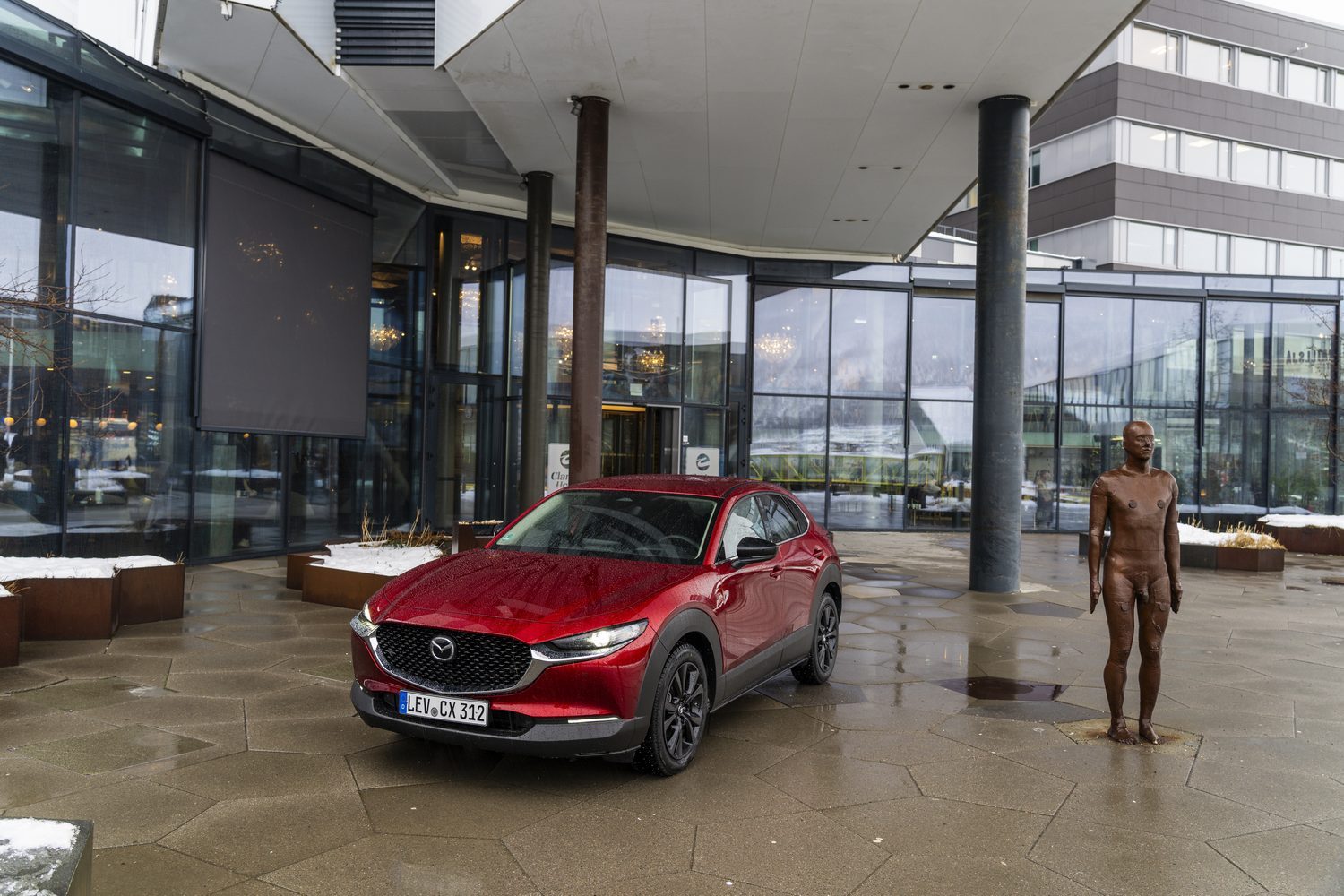
So, in the interests of consumer journalism, we decided to put such fuels to the test in a distinctly over-the-top way. We needed some biofuel, a combustion-engined car and a remote, unforgiving environment. Oh, and some scenic landscapes for the photographers.
Dancing on Ice
All of which we were cursing at 8am on a depressing, bleak morning in the world's third most northern city, Tromsø in Norway. Here, 350km into the Arctic Circle, every day is a battle. The weather is your greatest enemy, and hilariously oversized coats, thermal underwear and fur-lined hats are your armour. The locals seemed to fight the cold with nonchalance, too, but we looked like idiots as we scrabbled around like Bambi on a frozen lake.
Yet just around the corner was our steed: a humdrum Mazda CX-30 not unlike the one your next-door neighbour might own. It's a cool, well-made compact SUV and it's nice to drive, but it's a perfectly normal sort of vehicle. And though ours was fitted with Mazda's new 2.5-litre petrol engine and studded tyres to combat what the flippant among us might call a “low-friction surface,” it didn't even have all-wheel drive.
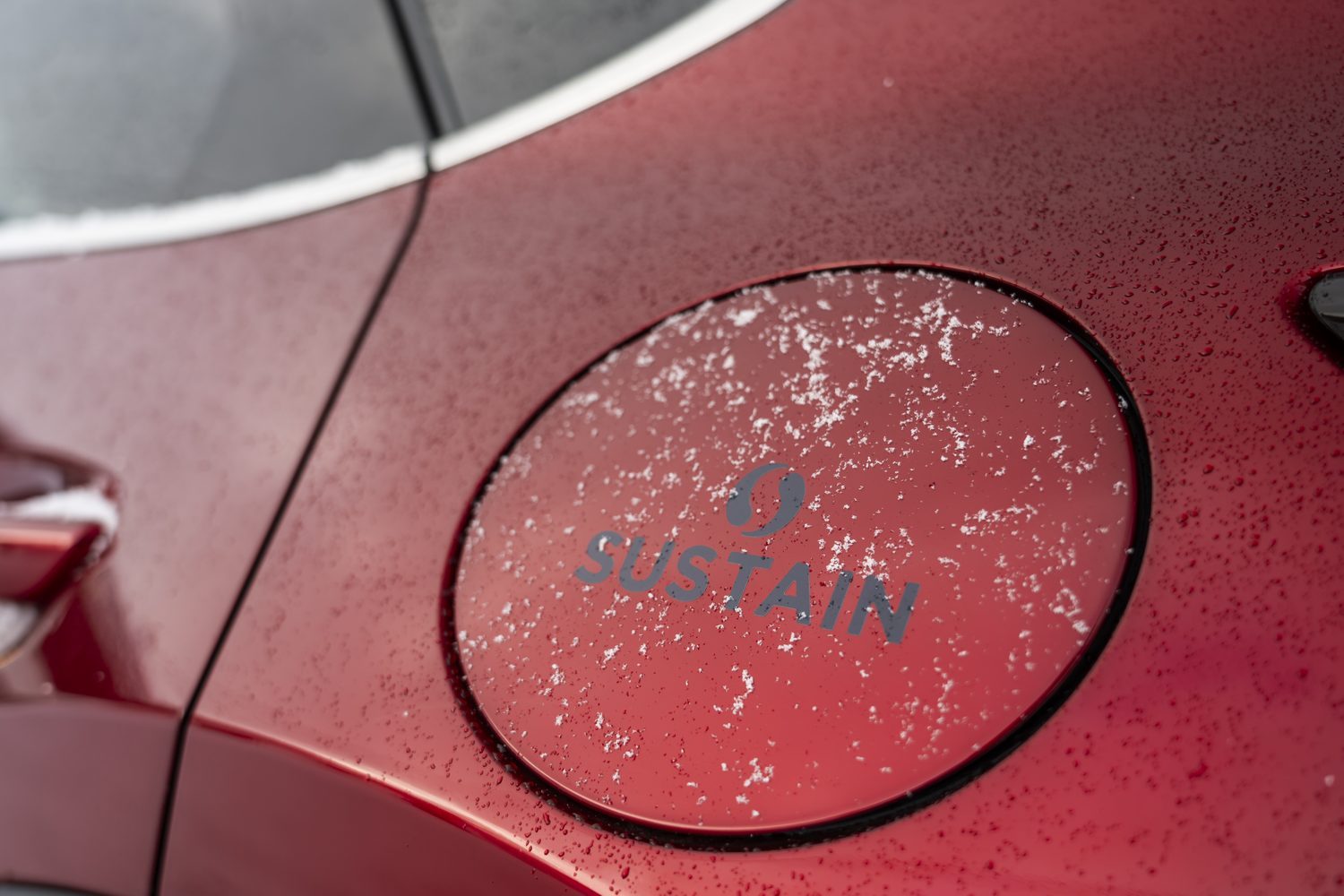
What it did have, though, was a tank full of 95 RON E5 petrol. It's essentially the same stuff you could buy from your local filling station before the higher-ethanol E10 fuels came in, but with one fundamental difference. Instead of being derived from oil that's drilled from the ground, it's made from agricultural waste, such as straw, or from waste crops that couldn't be consumed. So, it's plant-based biofuel, and because the plants absorb carbon dioxide during their lives, the carbon emitted by the exhaust is theoretically recycled, which should mean no new emissions pumped into the air.
It's a great idea in principle, but there are a few small catches. Chief among which is that while the fuel in our Mazda's tank was chemically almost identical to conventional petrol - and the car needed no modifications to use it - the fuel is not yet commercially available. Customers in the UK can order something similar from a company called Sustain, which sells such fuels to enthusiasts and race teams, but this exact blend is not yet available to members of the public.
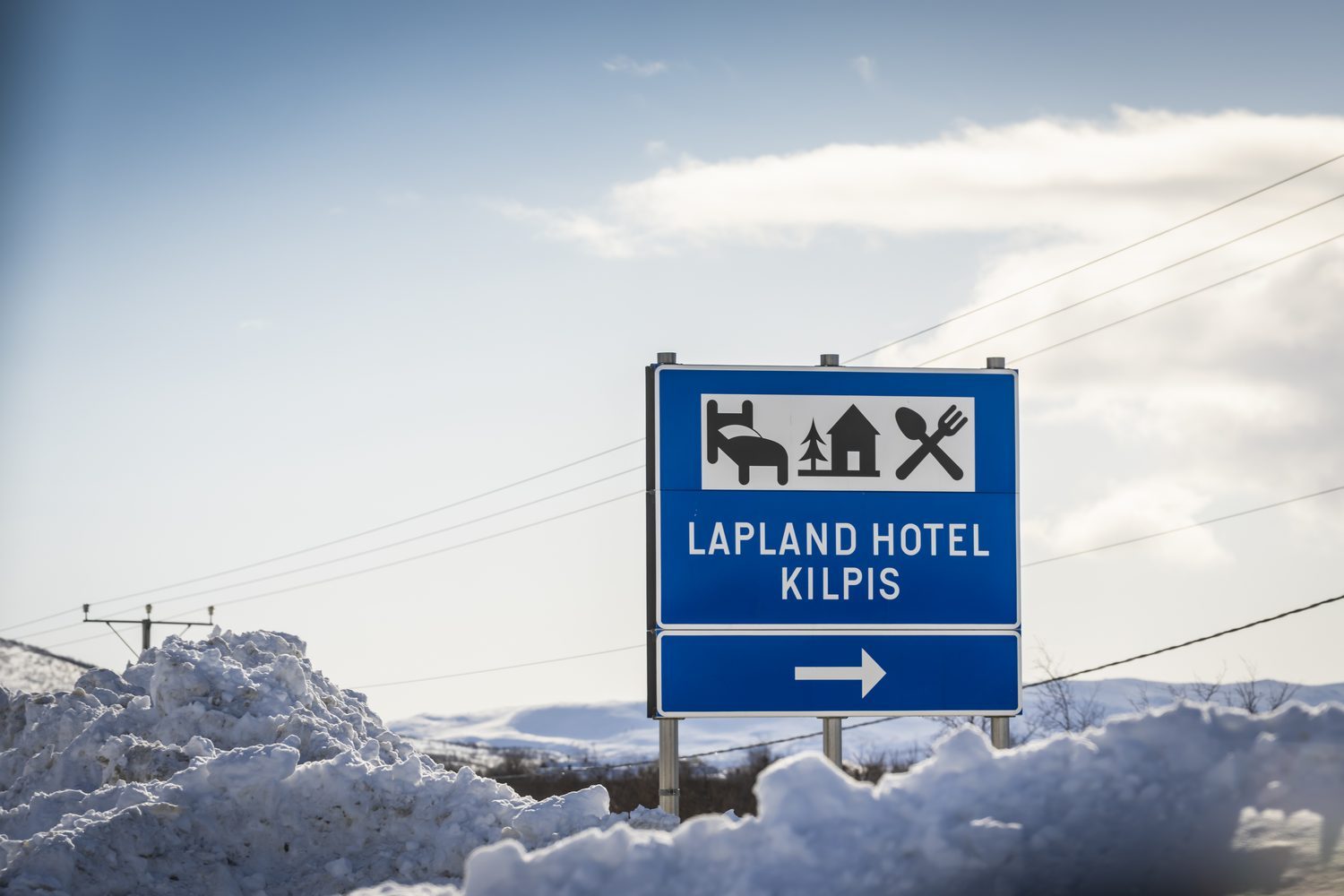
And that meant there was to be no refuelling from petrol stations on our low-emission drive around the Arctic. Obviously, it would be an option in dire emergencies, but it would rather spoil the point of the trip. Instead, if we needed a top-up, there was a support car with a boot full of jerry cans brimming with Sustain's E5 petrol.
There, in itself, is one of the key advantages of such fuels in hostile environments. Whereas electricity can only really be stored in a heavy battery, and hydrogen needs pressurised tanks, petrol can be carried easily in pretty much any receptacle you care to use. Obviously, purpose-made cans are best, but they are cheap and lightweight, and petrol itself is also light. At about 730g per litre, it weighs less than water, so chucking a few cans of it into a boot or a roof box is easy and relatively safe. As long as nobody goes near it with a match.
Normality reigns
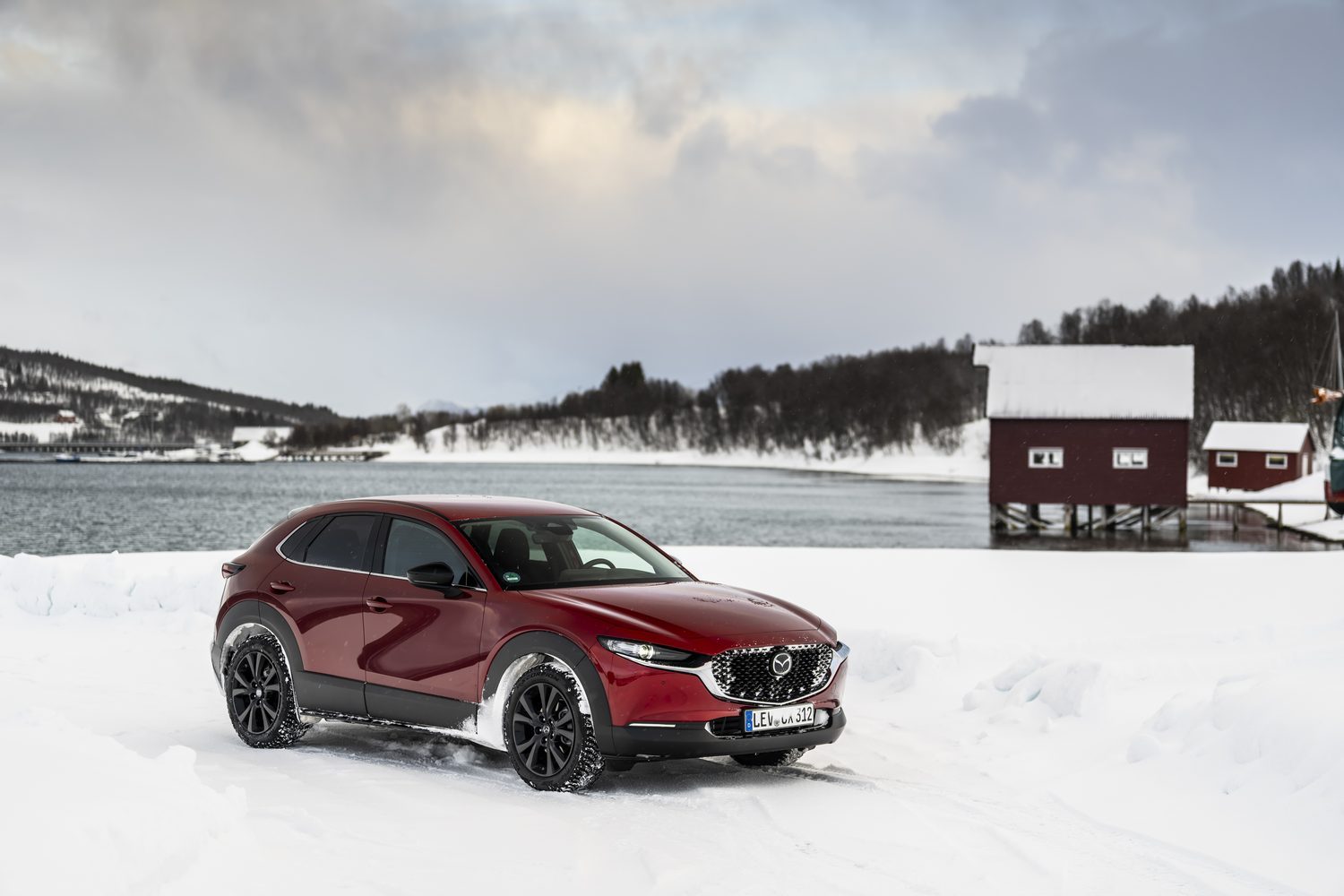
To be honest, we weren't all that bothered about the fuel in the tank by the time we made it to the car. Having somehow kept our feet for the full 50 metres, we dived into the shelter of the cabin, started the engine and turned up the heater. Shedding layers and arranging bags of weirdly named snacks (anyone for some Bamse Mums?), we plugged in the coordinates for our 600km journey through the Arctic emptiness. Our route would eventually take in three countries, a wide range of roads and surfaces, and put our bodies, car and fuel through the wringer.
Not that the car sounded remotely fazed by any of this. Mazda has put a new 2.5-litre, four-cylinder petrol engine in the CX-30 and the Mazda3 hatchback, and it sounds exactly like every other four-cylinder petrol engine you've ever heard, except perhaps a bit quieter than most. The fuel made no difference whatsoever to the engine's gentle chunter at idle and it was all too easy to forget we were using anything other than conventional unleaded.
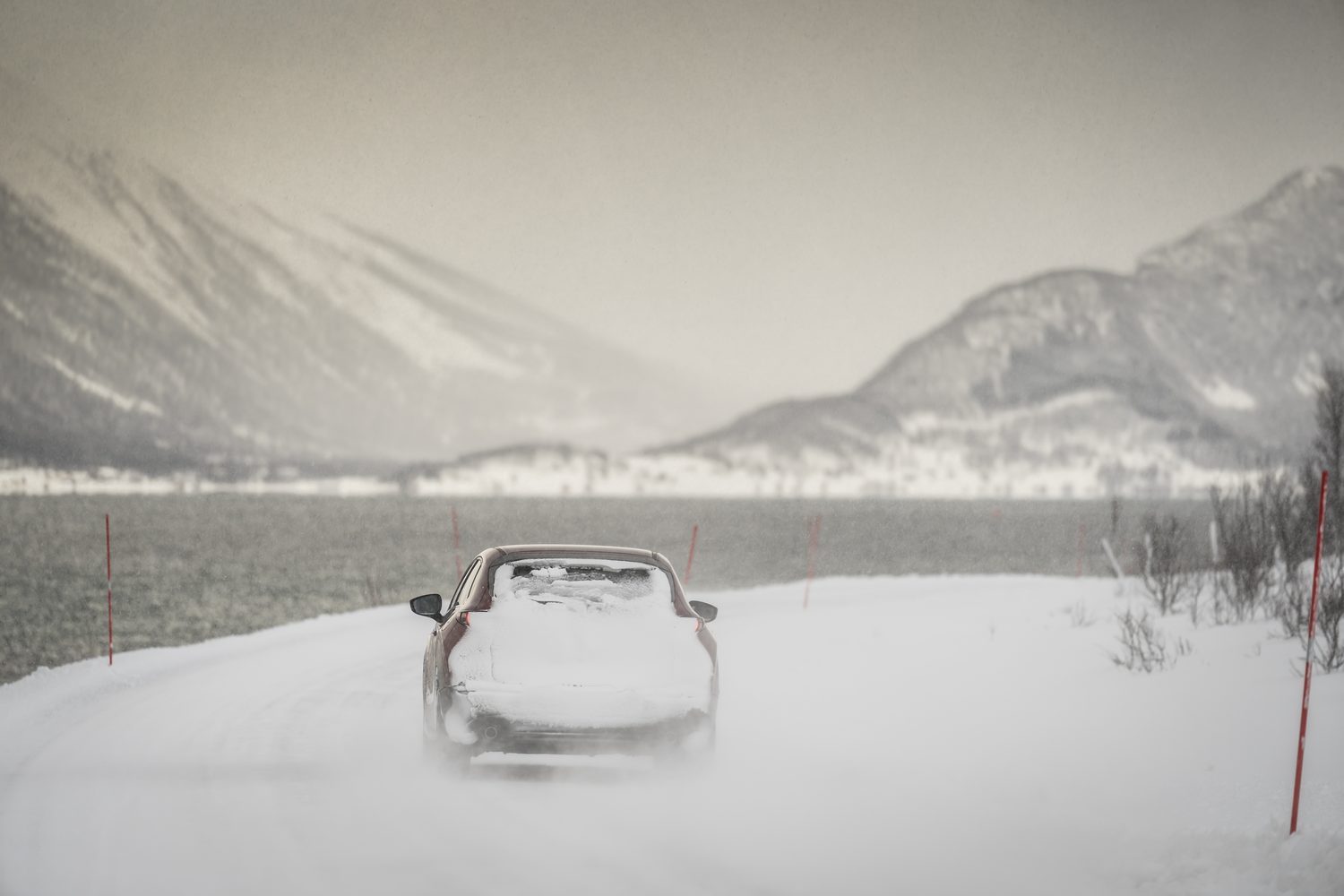
We were a bit concerned about consumption, though. Although we had full tanks, 600km is a long journey in wintry weather, and we would have liked to make it through the day without filling up. All of which meant less time sitting at idle in a whiteout, and more time quite literally making tracks towards the border.
The roads in that part of the world - and at this time of the year - are pretty treacherous, with the tyres battling the ice and articulated trucks throwing up plumes of snow that obscure your vision almost totally. And with dull light creeping through the clouds and snowfall, there's extraordinarily little contrast in the all-white landscape, which means discerning the road from its surroundings is not always easy.
Happily, as we crossed the hills, the weather broke, and the snow that had shut the coast road heading north abated before the clouds withdrew, leaving us on a dead-straight, almost empty road that speared through the empty Arctic tundra and towards the Finnish border. This is the historic region of Lapland, an area that predates national borders, spanning Finland, Norway and Sweden.
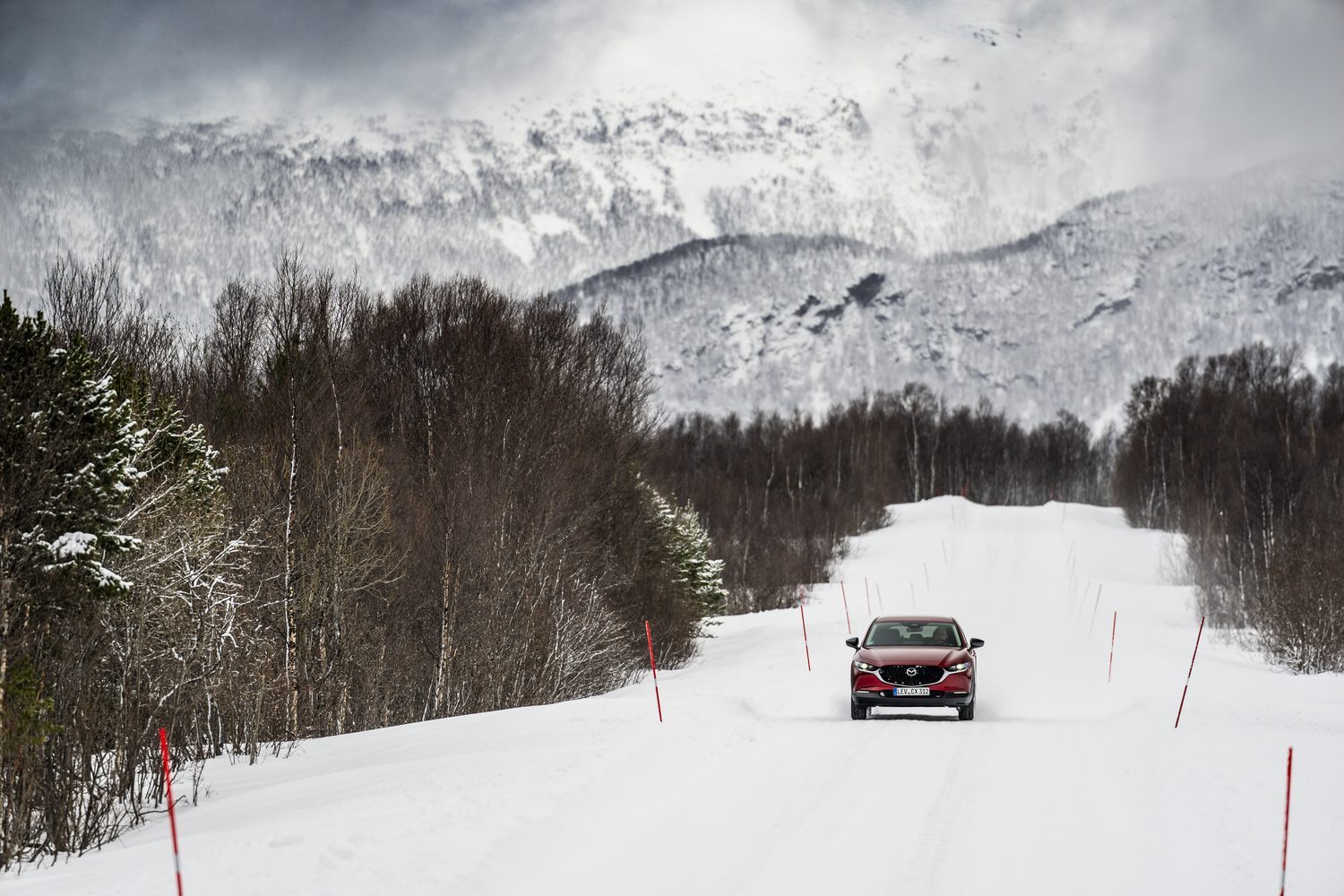
It's a beautiful, almost untouched wilderness with few roads, and those that exist are mostly straight and carry little traffic. It's not a place in which you want to break down or run out of fuel, and as we continued into Finland, we were grateful to see the tank was still well over half full. Burning less than seven litres of unleaded every 100km, we thought we were doing pretty well given the conditions, and the engine hadn't missed a beat.
Arctic alternatives
Electric cars have been enormously popular in Scandinavia, but as the hours and kilometres slipped by, it seemed surprising that battery-powered vehicles should be so widespread in countries with such great distances between towns. While it's true that much of the Nordic countries' electricity comes from renewable sources, batteries really don't like chilly weather, and they need a solid electrical infrastructure if you want to charge them up. Even in (much smaller) Ireland, we sometimes struggle to find that in rural locations.
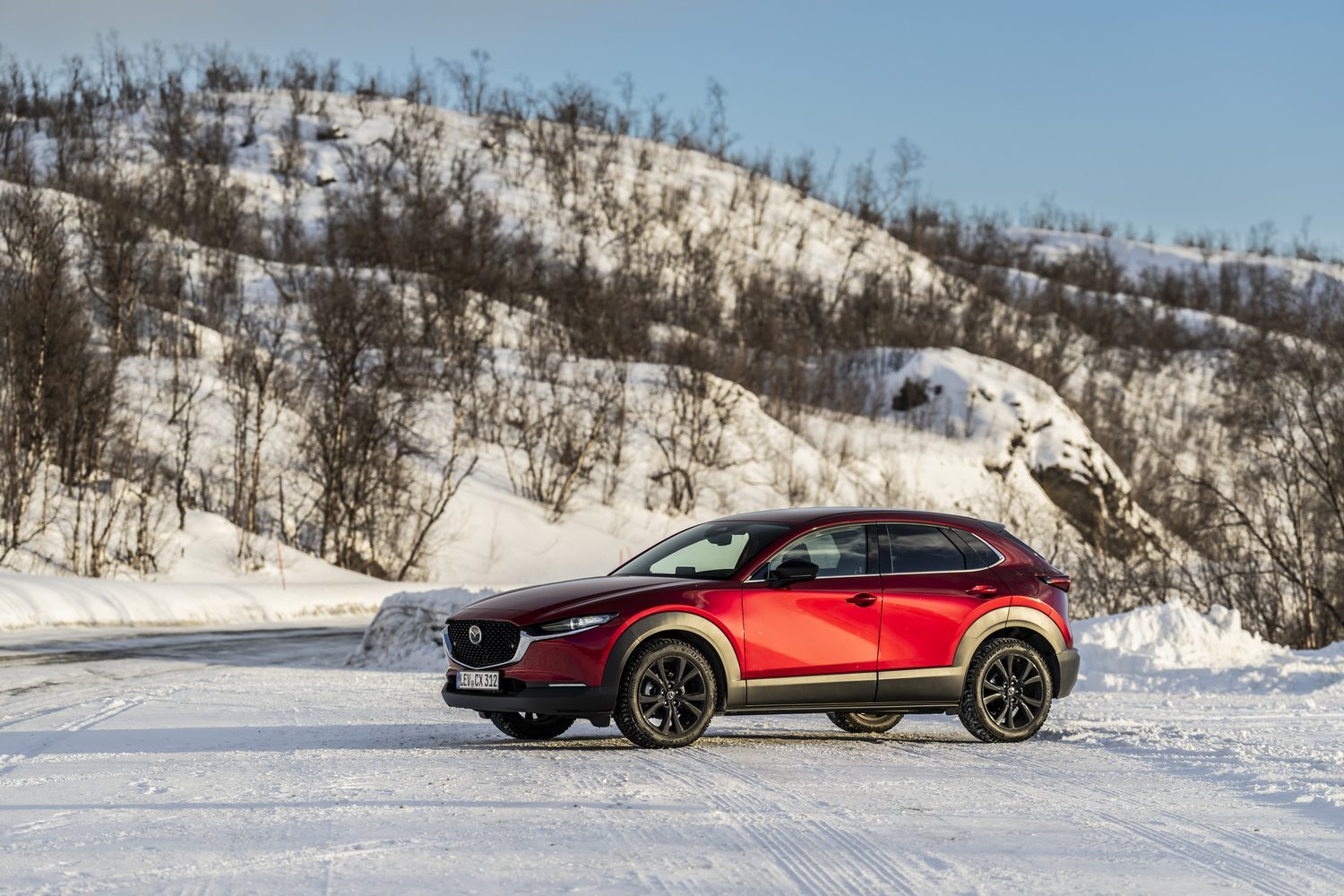
It's one of many reasons why so many people see hydrogen as the true fuel of the future - after all, it's the most abundant element on the planet, filling a car with hydrogen is little different to filling with fossil fuel, and the only emission of a fuel cell is water - but that has its drawbacks. While hydrogen can be found all over the place, it is usually atomically bonded to other things and separating it out is incredibly energy-intensive. So much so that in many cases, you might as well use that energy to charge a battery. And anyway, when was the last time you saw a hydrogen pump at your local filling station?
So perhaps it's no surprise that most of the cars that passed us on our trip were old, petrol-powered Volvos. Or trucks that showered us in fragments of ice. Scandinavia may be a hotbed of electric vehicle uptake, but the truth is that most of Scandinavia's people live a lot further south than this, and though Tromsø is the third most northerly city in the world, it's the northernmost city to hold more than 20,000 people. And even then, it's only about the size of Galway, so it's hardly a bustling metropolis.

Yet alongside the landscape we found ourselves traversing, it looked like the centre of Dublin. The only signs of life came from a few intrepid snowmobile riders, the odd grime-streaked Volvo and the occasional truck. Some of which had clearly fallen foul of the conditions and were being recovered from precarious positions at the side of the road. One looked as though it had rolled and landed with the underside exposed and the top of the cab wedged against the frozen surface of an icy river. With emergency services and recovery crews already in attendance and our Finnish limited, we silently hoped everyone was ok and decided the best thing we could do was continue.
And so we did, right up to the moment our bladders were screaming for relief. Fortunately, there was a town up ahead, so we called into a Finnish service station to use the facilities and get some food that wasn't called Smash. And having filled ourselves up with poronkäristys (sauteed reindeer, to you) we proceeded to fill the car. Cans and funnels were retrieved, and the Mazda was topped up in the same way expedition vehicles have been filled for decades. So far, so normal.

From there we could continue our so far relatively uneventful journey into Sweden. Up to now, the roads had largely been straight, but this would put the car's studded tyres to the test. And as we had gained a little confidence in them, they could show the full extent of their capability on more sweeping, high-speed bends that would take us into Finland and then back to the northern coast of Norway.
Making such a trip in a front-wheel-drive car seemed unwise at first, but the tyres somehow conjure grip and traction with uncanny ease, leaving us nibbling away at more creatively named and intriguingly flavoured Finnish snacks (don't bother with Pantteri Mix, is our advice) while still travelling at pace on the empty roads. Now and then, the car felt as though it was beginning to lose its grip, but it was just the big tread blocks shifting under load, and the car settled almost immediately. Next time someone tells you they need a 4x4 to drive in the snow, you can tell them from us that tyres are just as crucial as driven wheels.
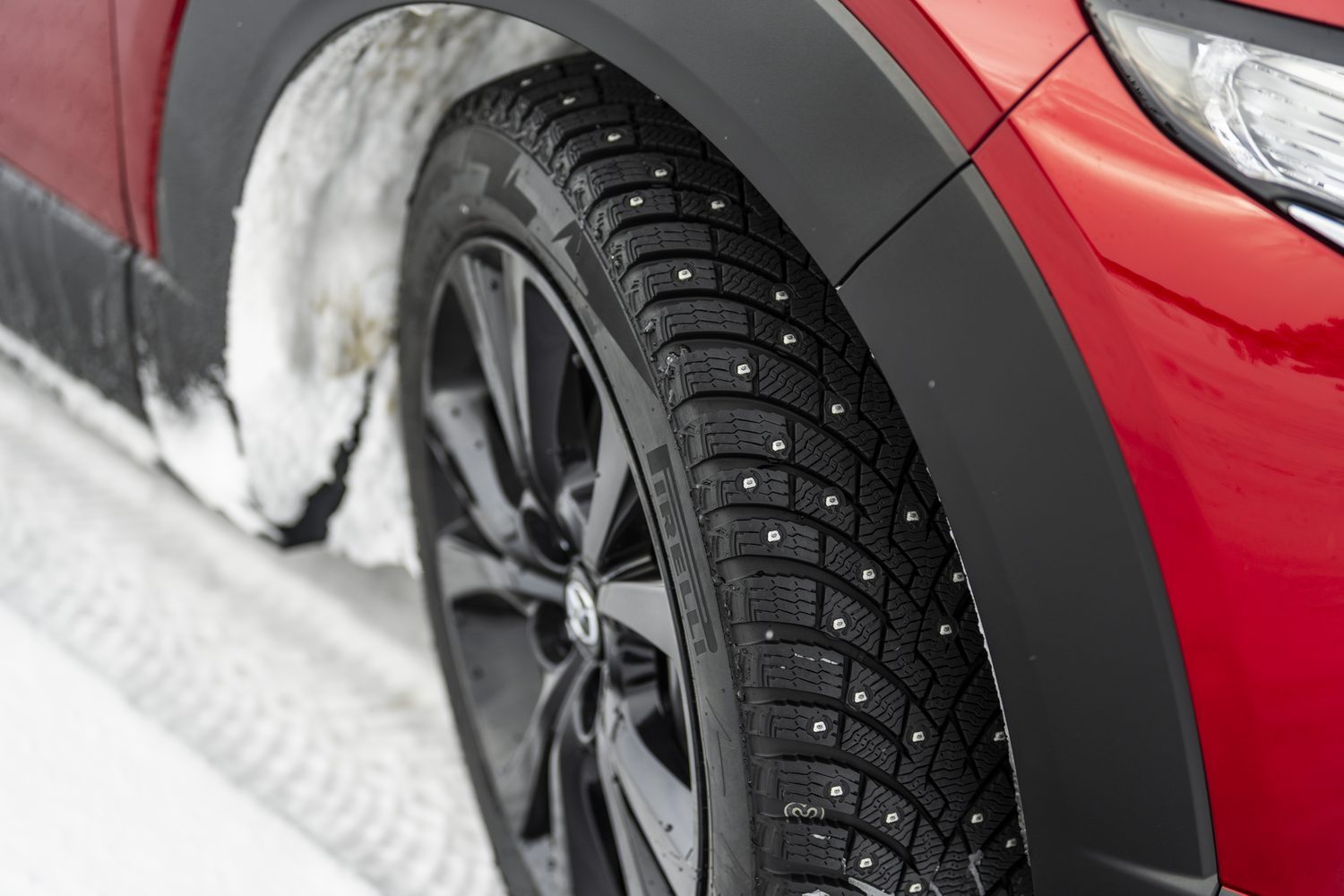
Whatever, by this point, we felt a bit more comfortable in the Mazda, and it was a relief not to worry about using the climate control or heated seats. In an electric vehicle, we might have been concerned about the effect on range, but when filling up is even half as easy as we've made filling with petrol, you suddenly stop worrying about it.
We did have to worry about the weather, though, because as we headed towards the Norwegian coast, it took a turn for the worse. Visibility wasn't quite as bad as before, when we'd had to turn on the fog lights, but as we swept down tree-lined main roads towards the seaside town of Alta, the sunshine was blotted out by thick banks of cloud and yet more falling snow. No wonder the Norwegian authorities had shut the coast road.
Futureproof fuels?
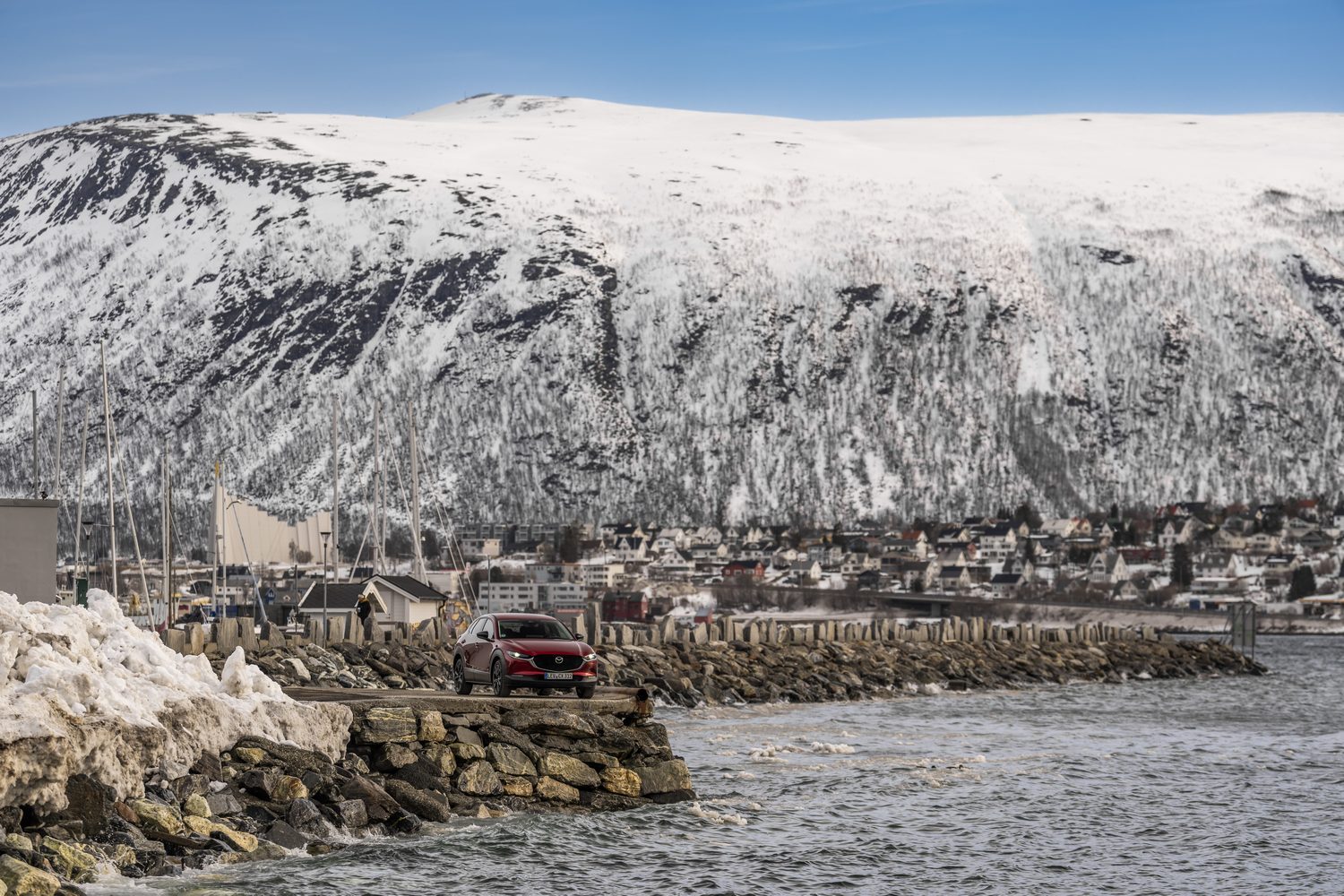
Despite the heavy snowfall, and the trucks that continued to shower us in dustings of snow, the beauty of the environment was beyond question. Scandinavian winters might be a bit monochrome a lot of the time, but the remote landscape is almost untouched and should serve as a reminder of how crucial it is to preserve such natural beauty for generations to come. Driving through it in the comparative comfort of a car is a privilege, and to loosely use it as a test for some new fuel seems almost frivolous.
That said, the Arctic is a very inhospitable place, with outrageously low temperatures, short days and hazards at every corner. It's not somewhere you want to be while hunting for a hydrogen filling station or a charging point. So, while the journey may have been fun and frivolous, it was also a fascinating and exciting place to evaluate a fuel that has all the same useful qualities as petrol but has far less impact on the environment. It can only be a good thing.
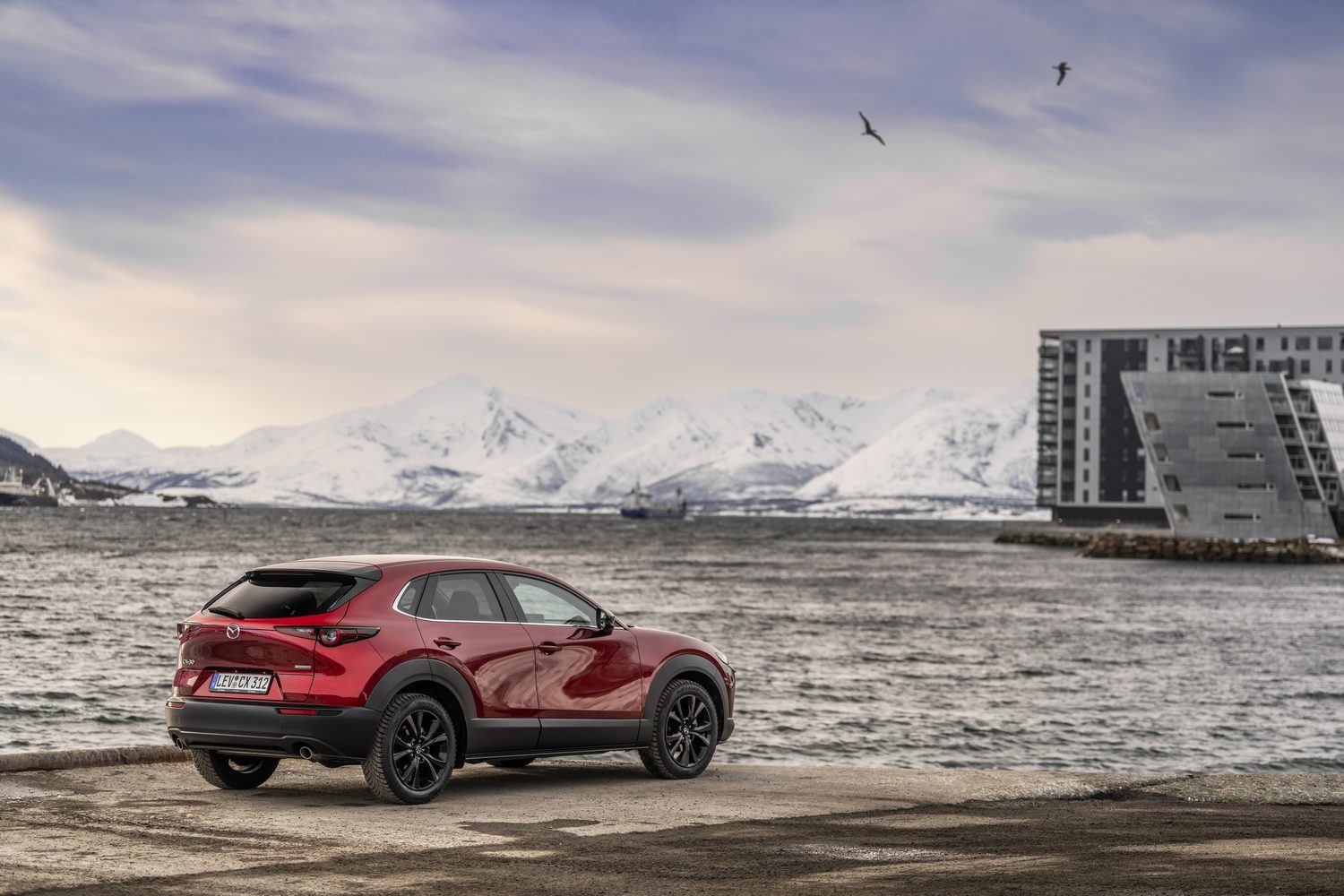
Obviously, it isn't the sole answer in our quest to clean up the automotive industry - we still need to develop electric and hydrogen power - but for those with a cherished classic in the garage, or those who simply want to run their brand new petrol or diesel car for a while longer, e-fuels and biofuels will certainly be welcome.
Perhaps they won't be cheap - Sustain's 98 RON 80 per cent mix of biofuel with fossil fuel costs about €5 a litre - but it means Jaguar E-Types and Ferrari F40s will not have to become museum pieces, and for those in places where electric or hydrogen power isn't really an option, there is an eco-friendly alternative. Sustain reckons more support is needed before its 95 RON E5 fuel becomes a commercial proposition, but let's hope that fuel, or something like it, makes it to market soon. It might well make the world a better place for everyone.

